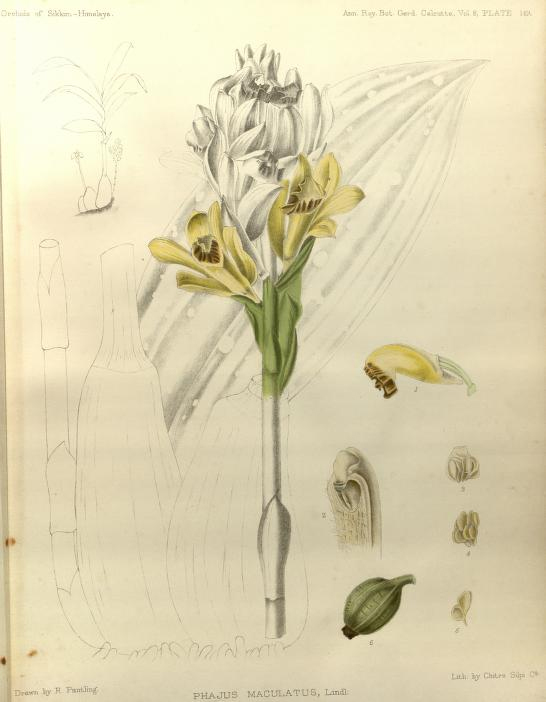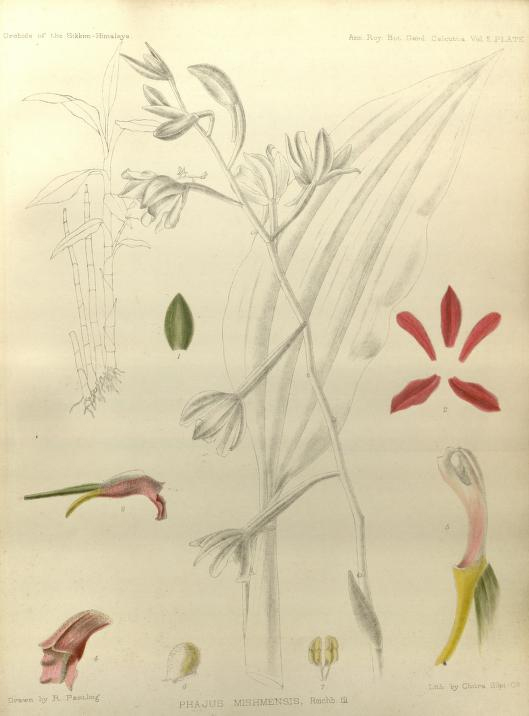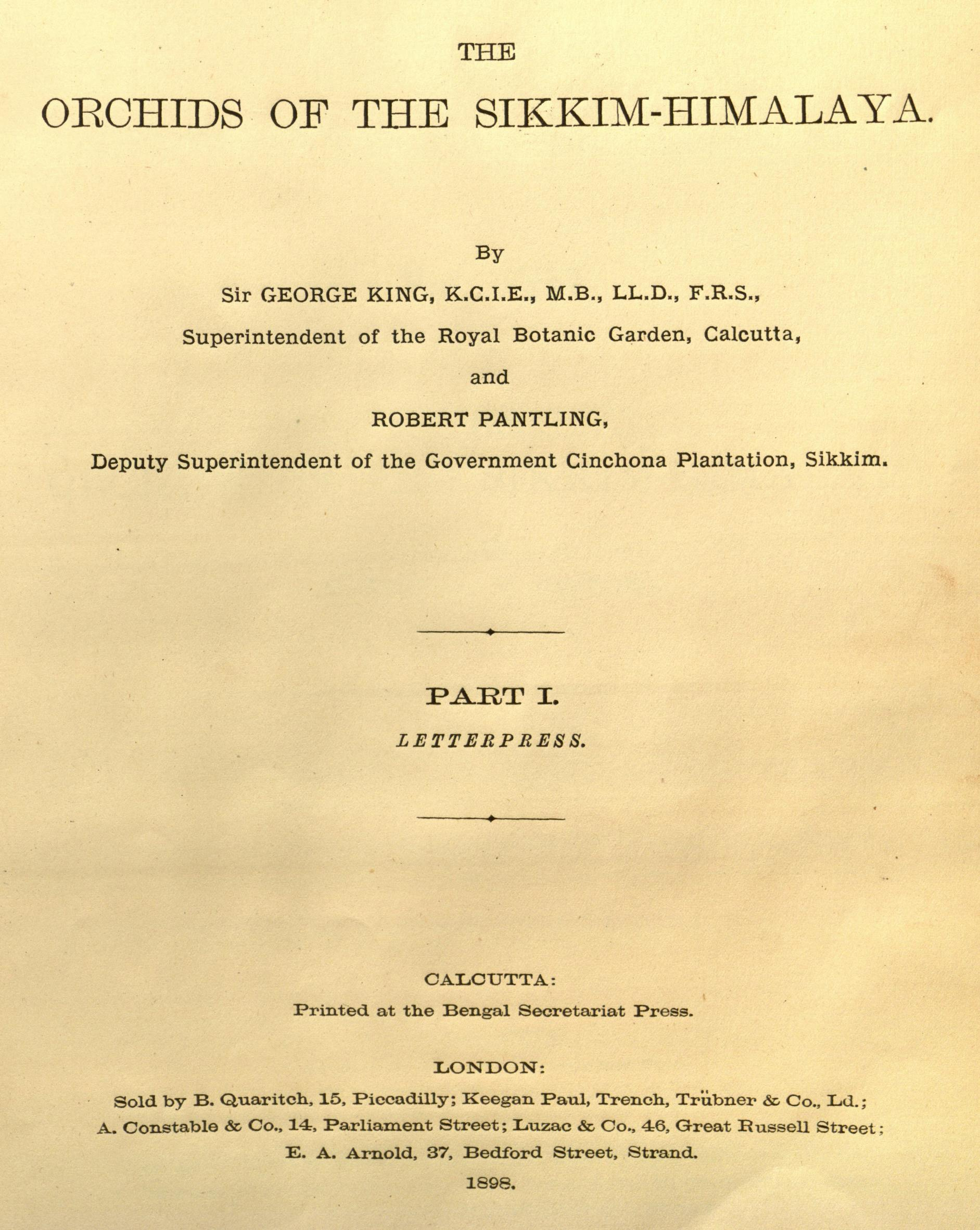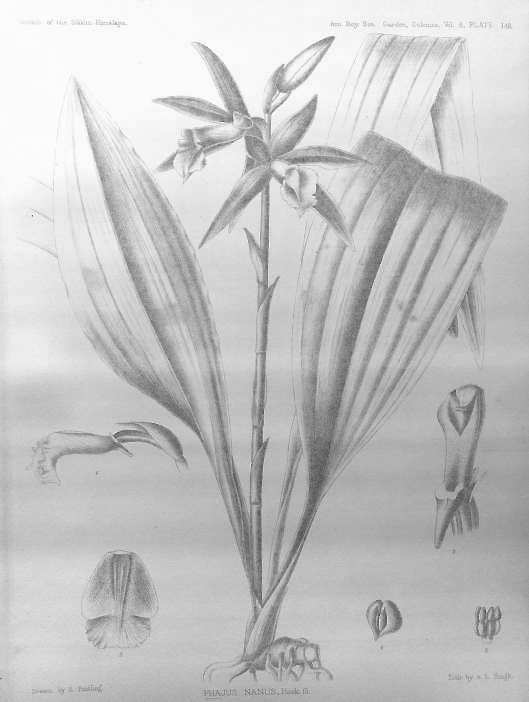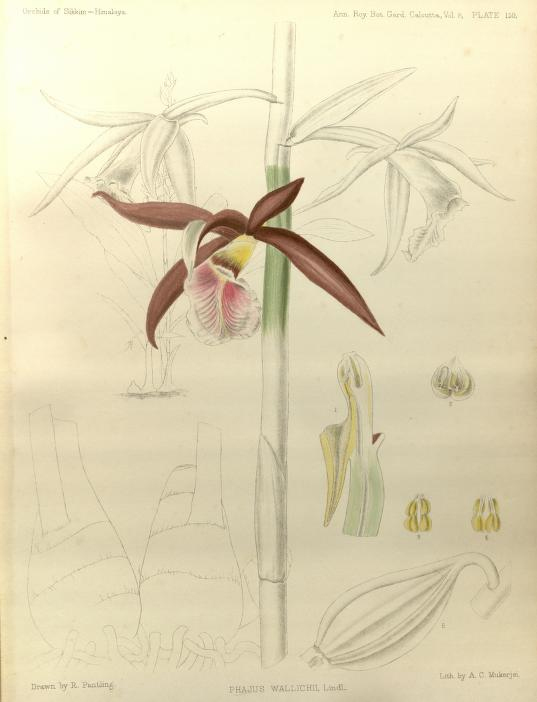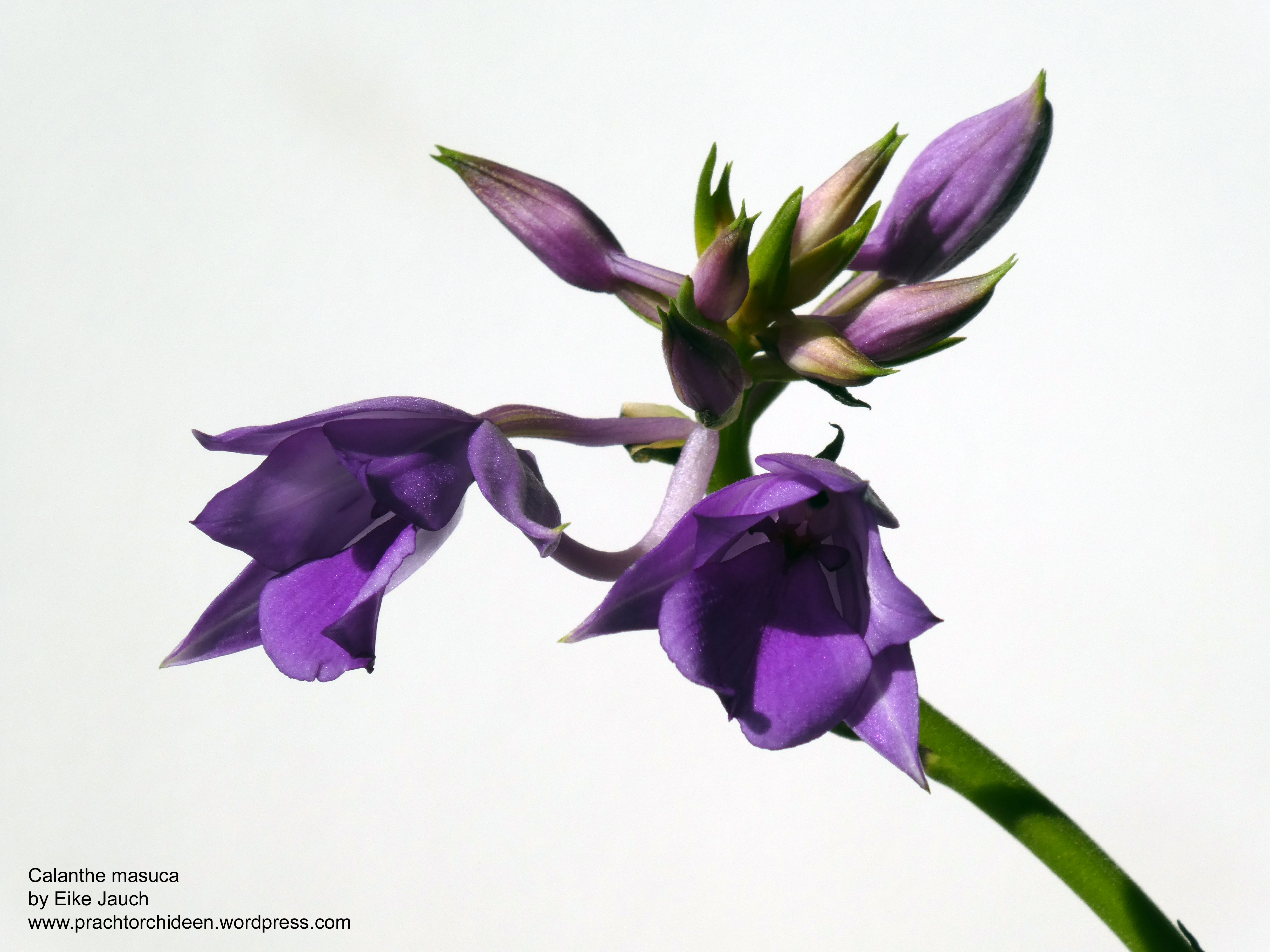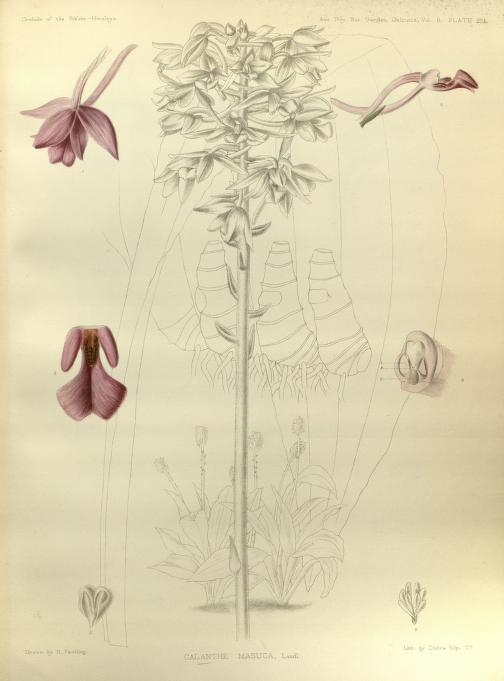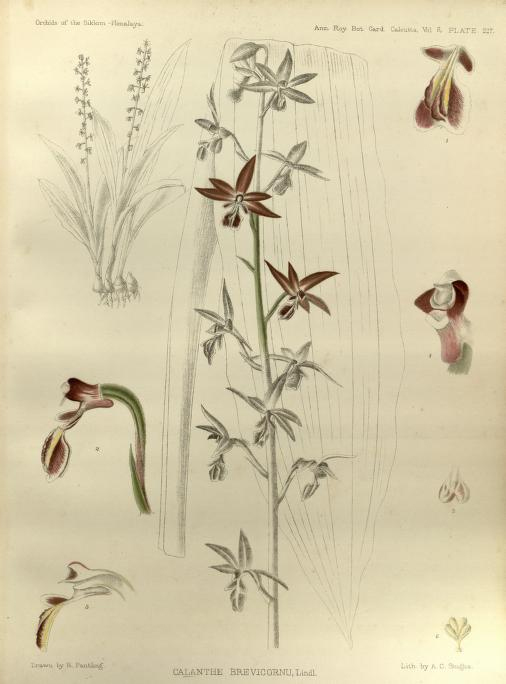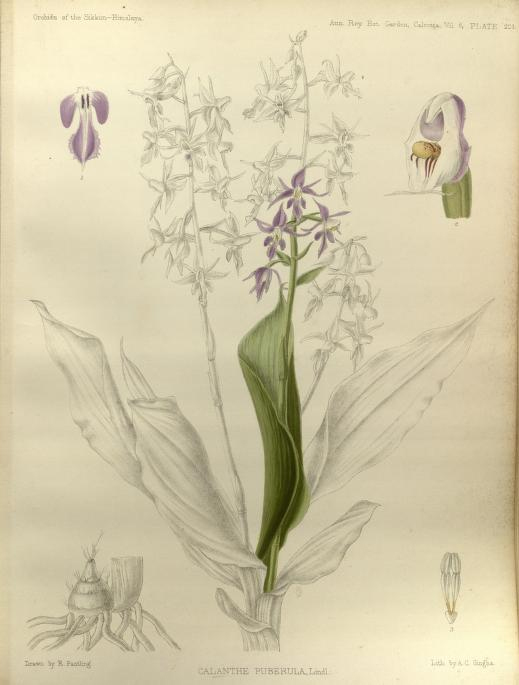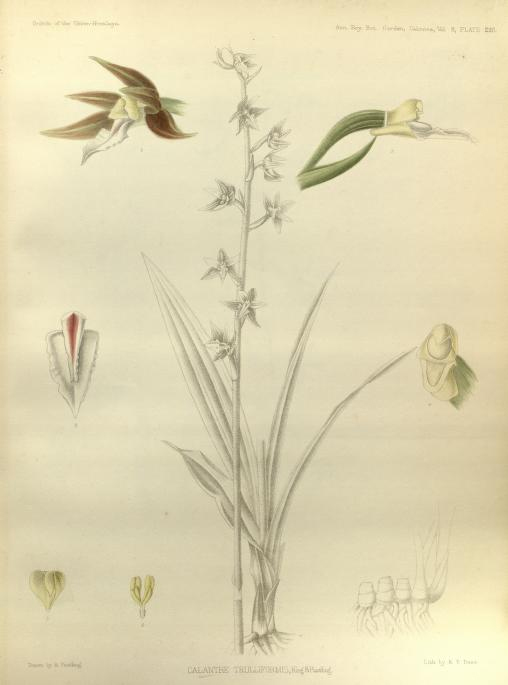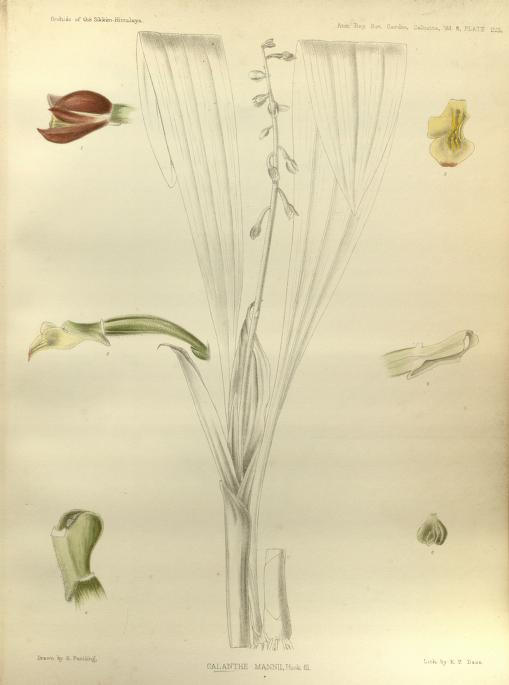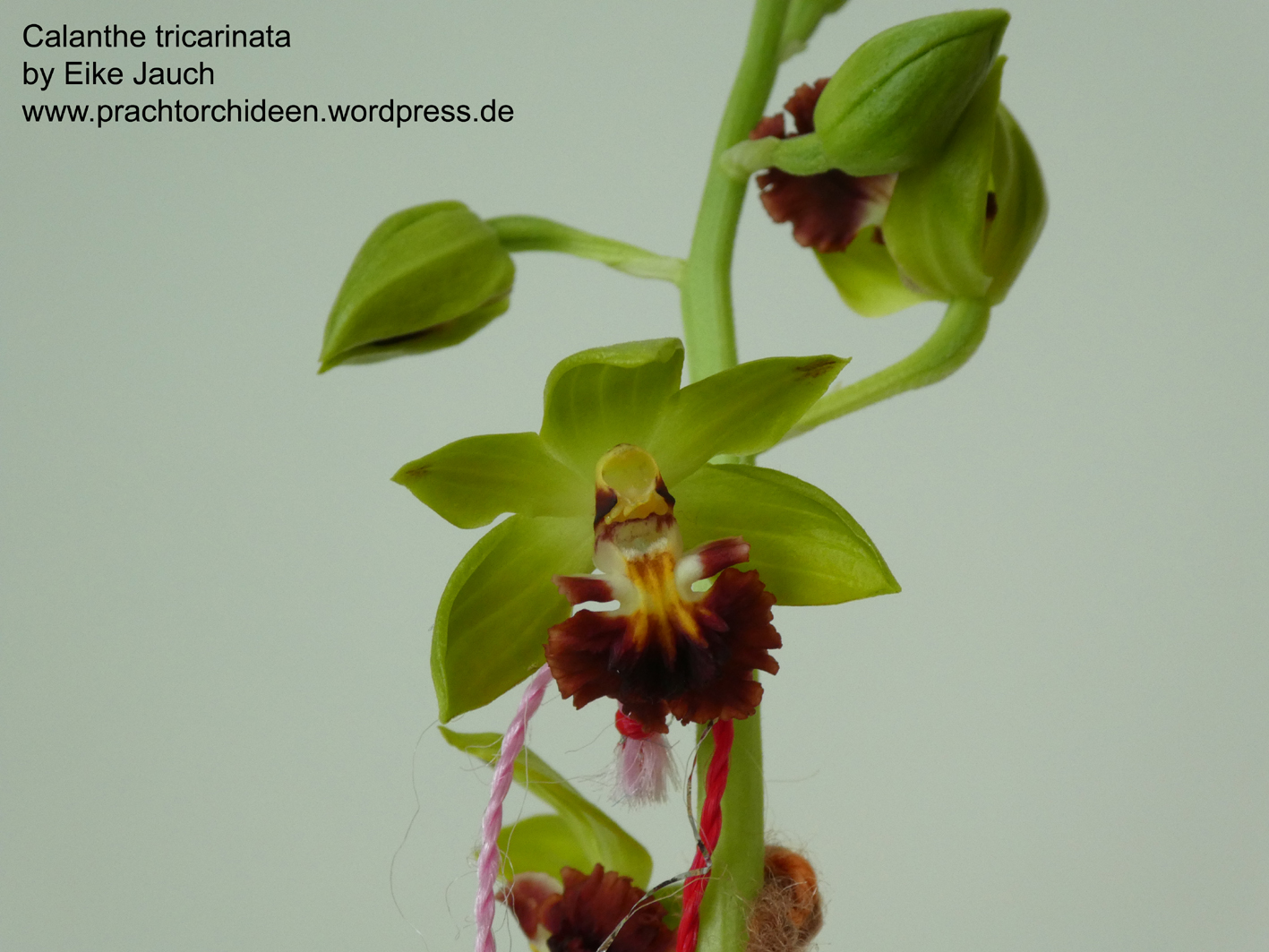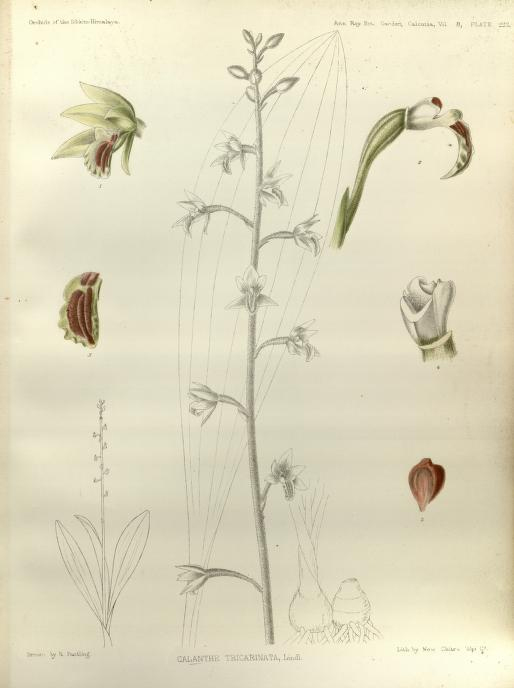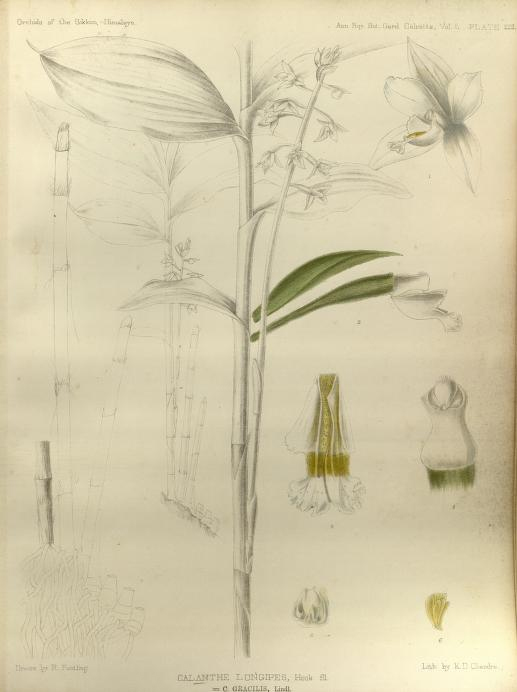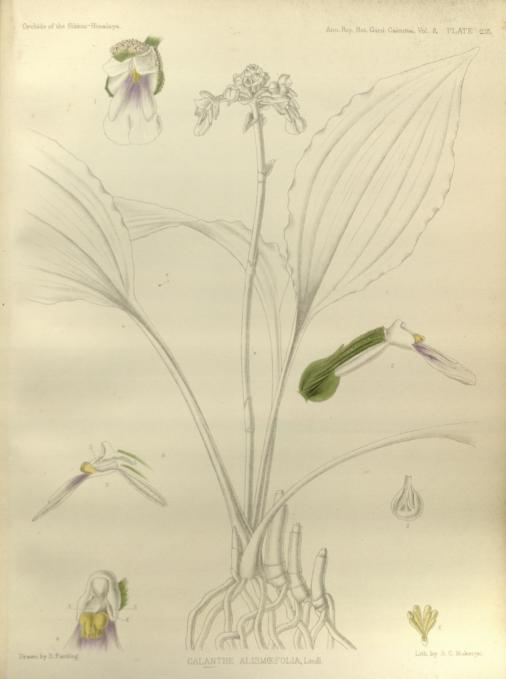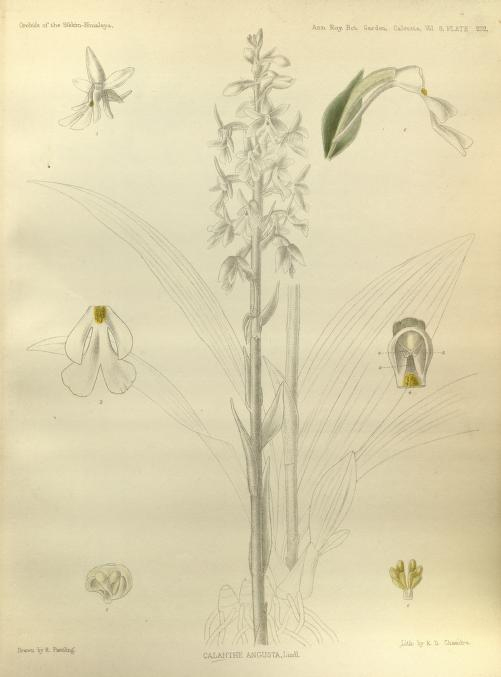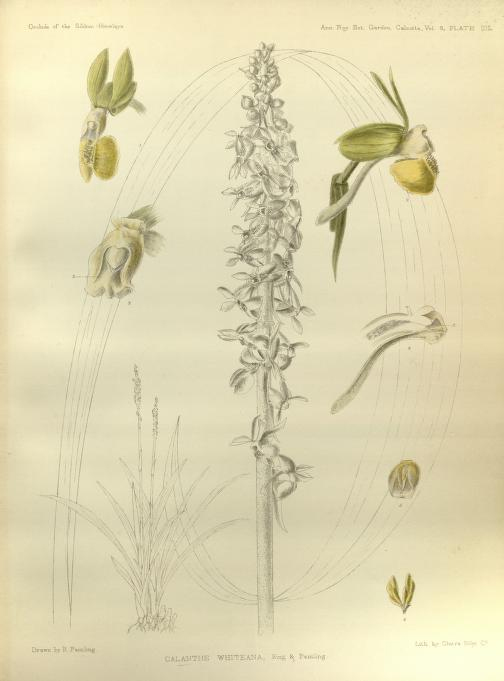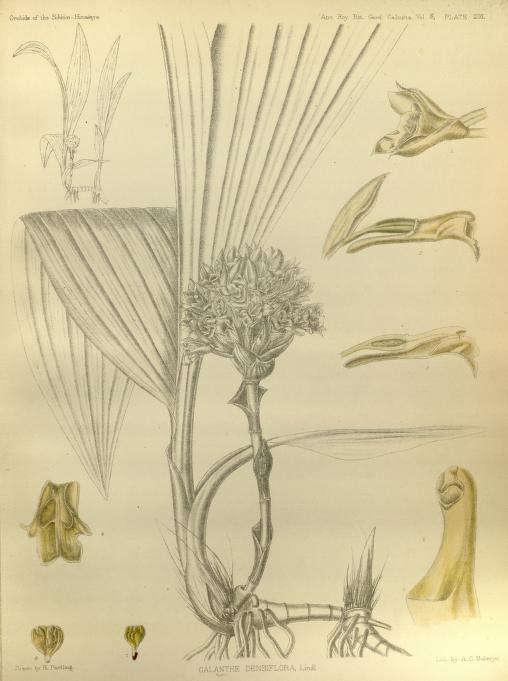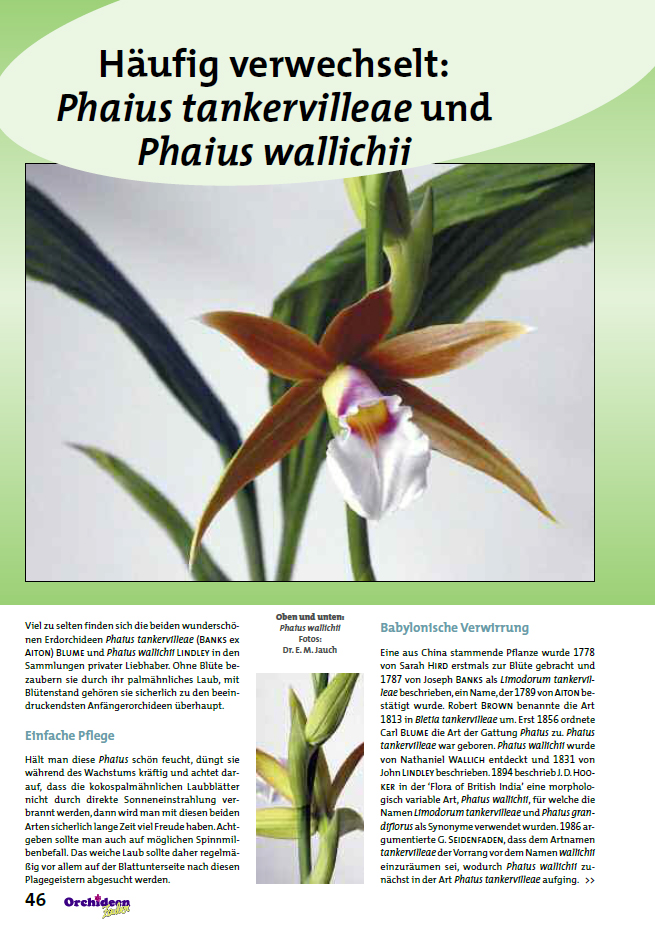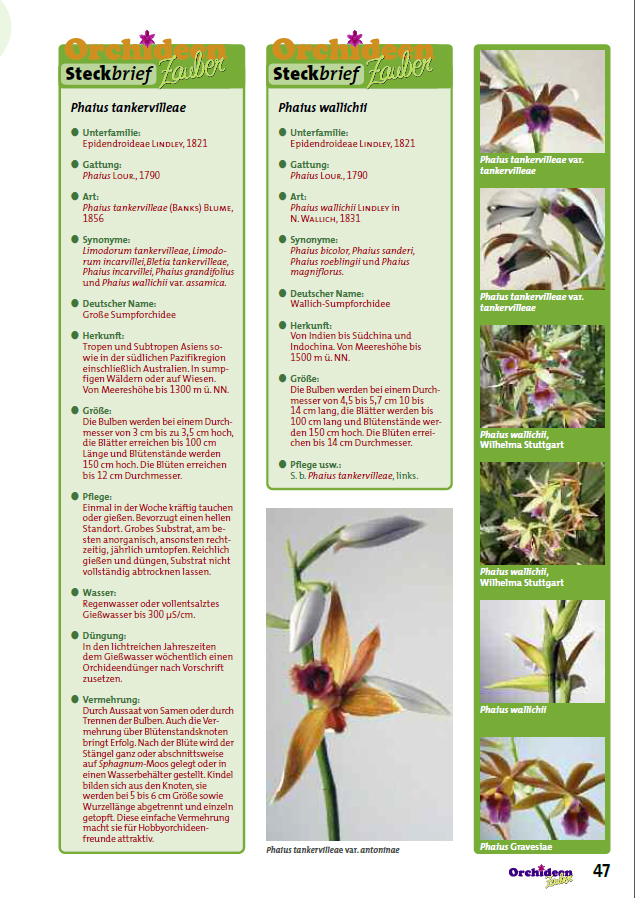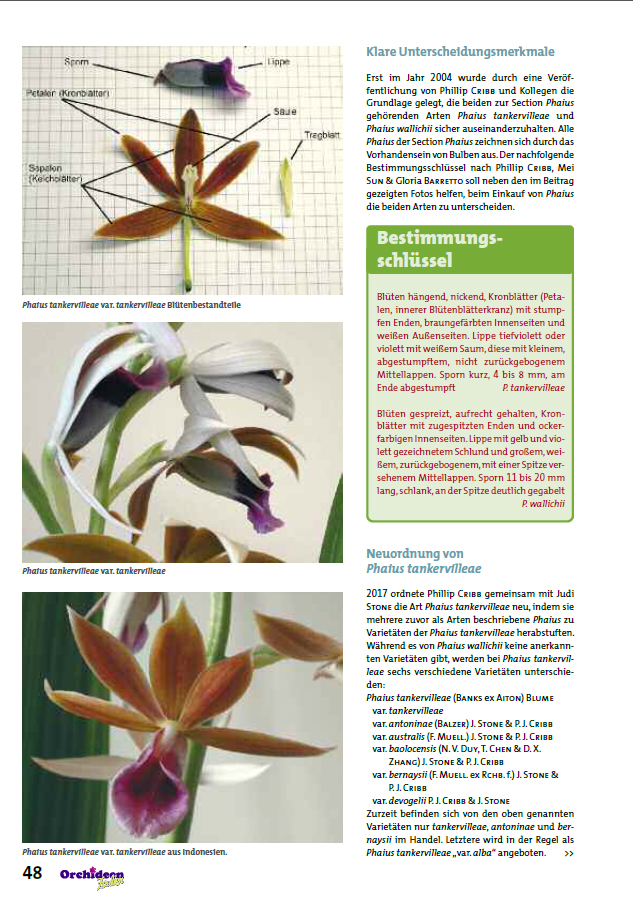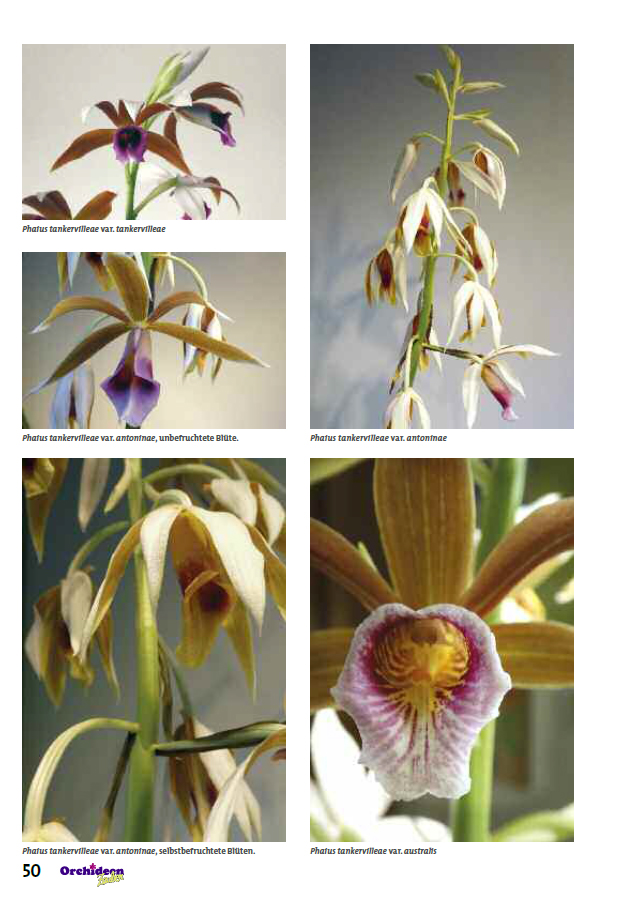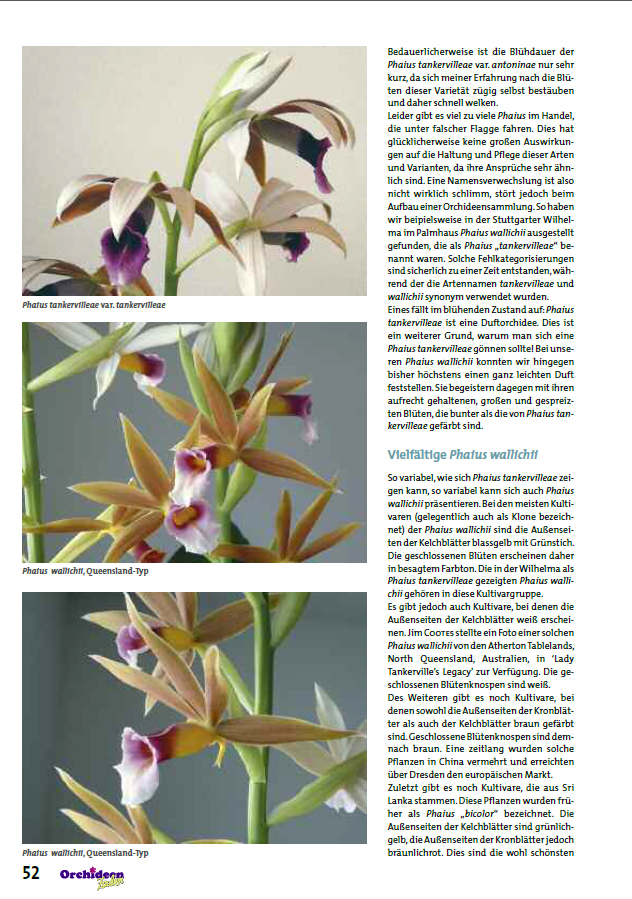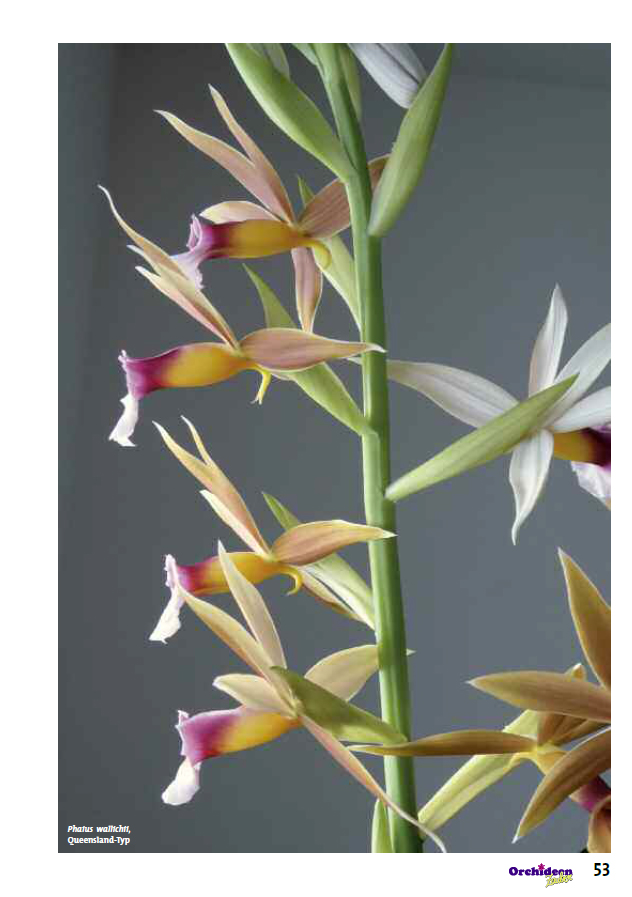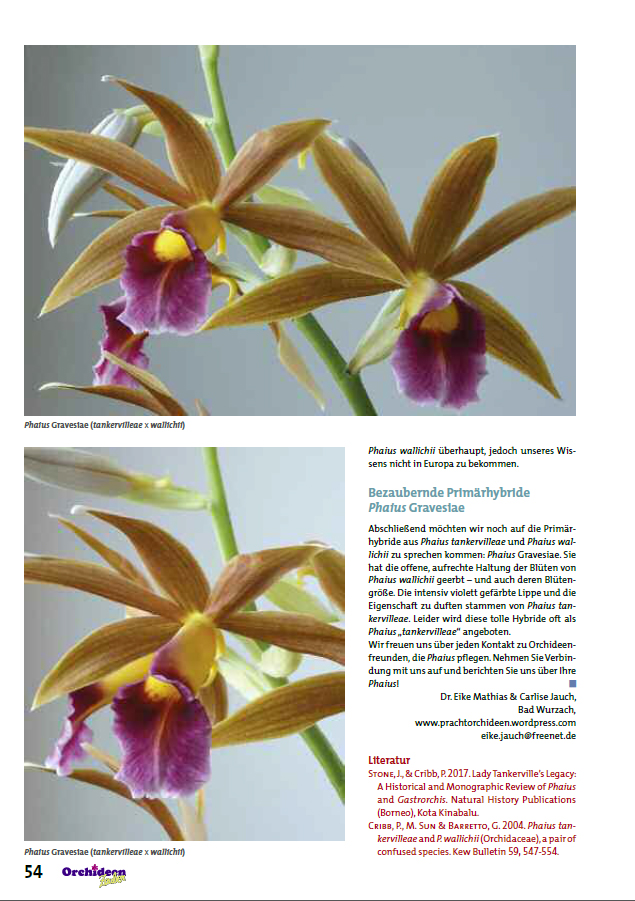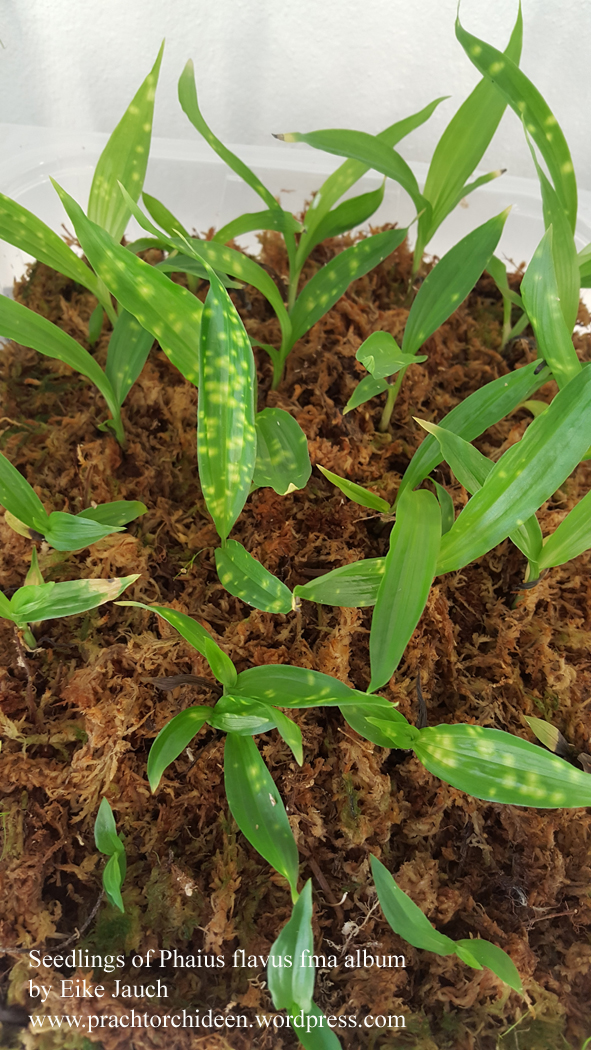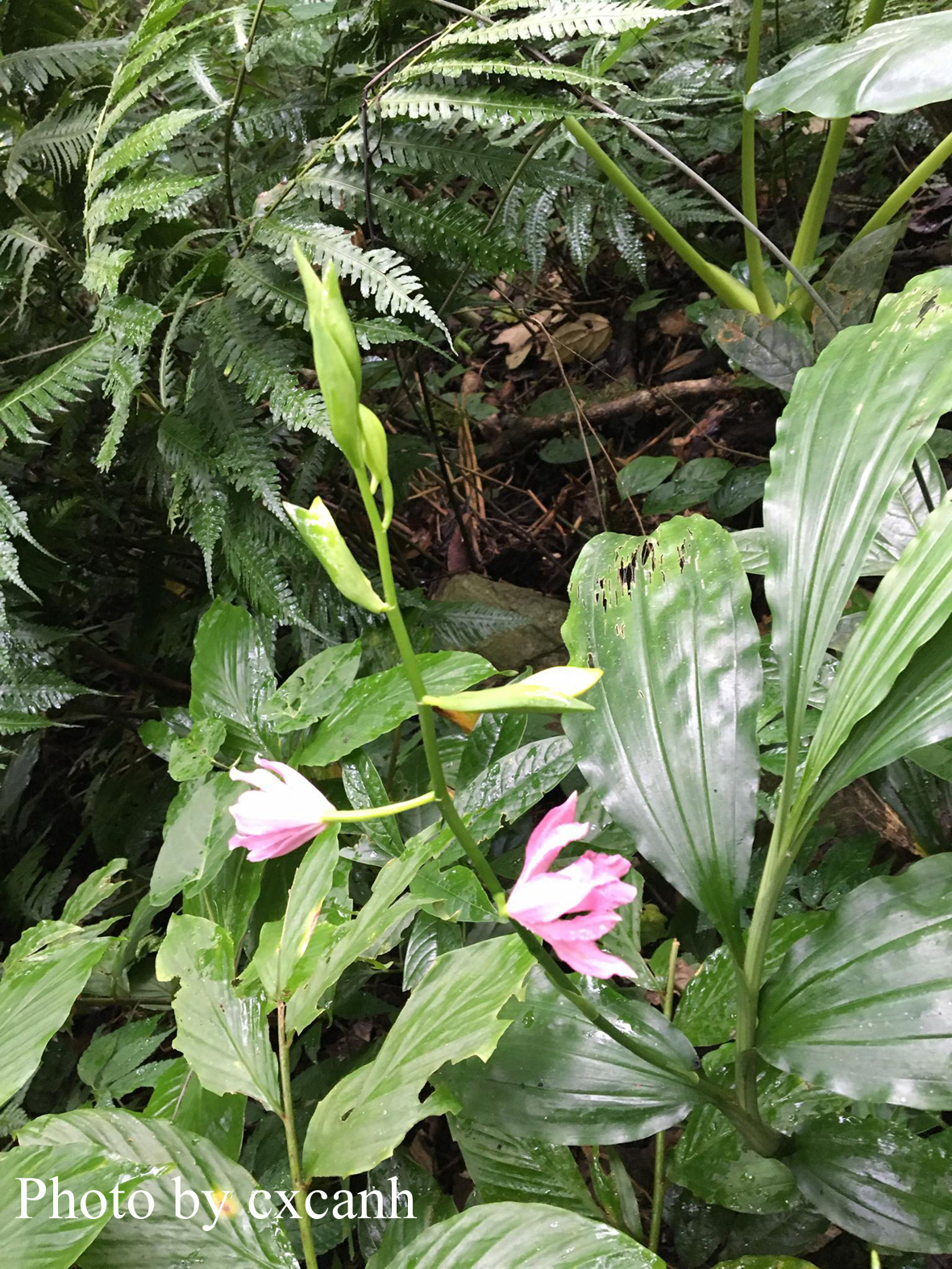The vietnamese orchid society (Hội Hoa Lan Việt Nam) has collected data about Phaius species that can be found in Vietnam. This list is quite impressive, as this list includes 11 species and 2 additional varieties:
Phaius columnaris, found south of Yunnan, without provenence in Vietnam, although listed. From personal communication I learned that Phaius columnaris is not rare in the north of Vietnam.
Phaius flavus var. flavus and Phaius flavus var. alba. Phaius flavus (Hạc đính vàng, golden crane) was recorded from Quản Ba and Hà Giang (both Ha Giang province in the Northeast region of Vietnam), Sin Hồ and Lai Châu province (both in the Northwest region of Vietnam), Sa Thầy (Kon Tum Province in the Central Highlands region of Vietnam that borders to both Laos and Cambodia) and Lâm Đồng (Central Highlands region of Vietnam in southern Vietnam). Both forms can even grow at the same place (personal communication), there is no geographical seperation of the two varieties. This observation paralells observations made for Phaius tankervilleae var. australis and Phaius tankervilleae var. bernaysii that are known to share the same locations, too.
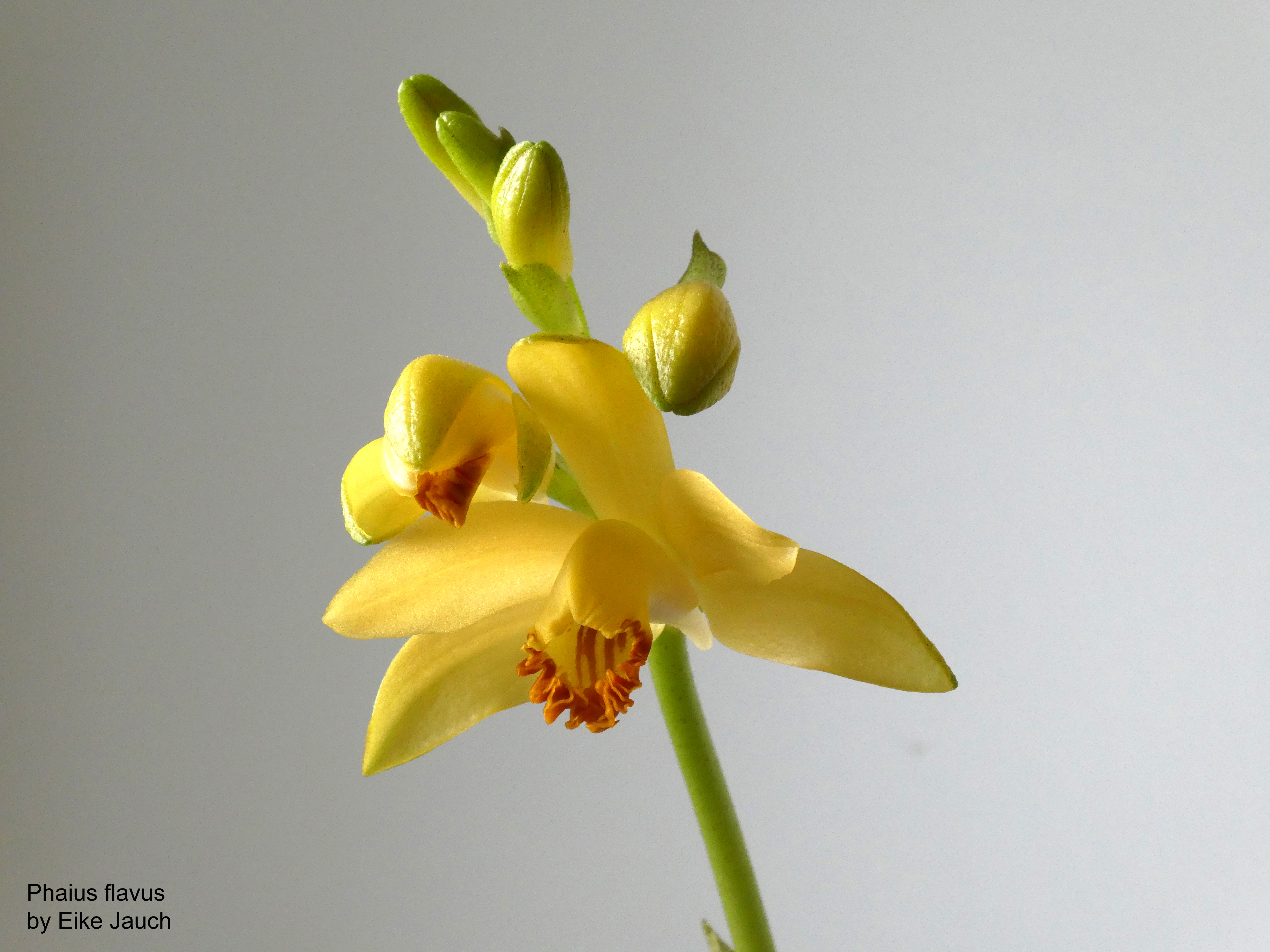
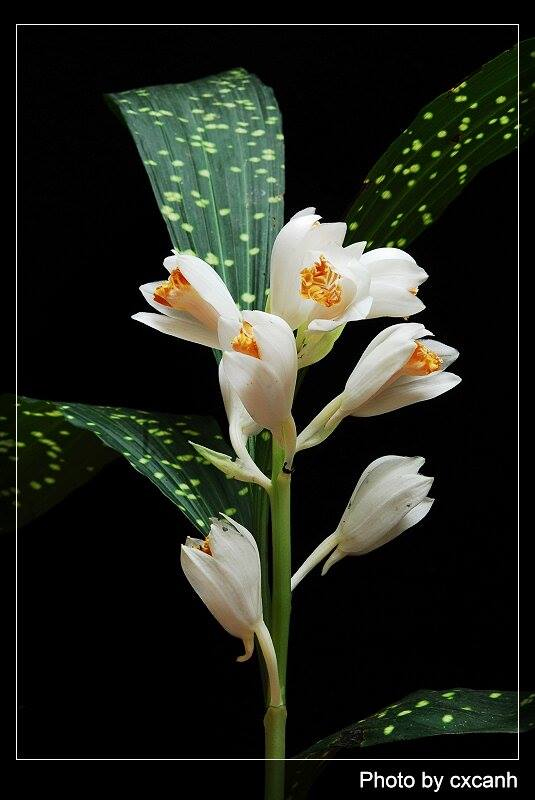
(Picture by Chu Xuan Canh)
Phaius indigoferus (Hạc đính chàm, indigo crane) was recorded from Tam Đảo (Vĩnh Phúc Province in the Red River Delta Region of northern Vietnam), Kon Tum and Di Linh (both Central Highlands region of Vietnam in southern Vietnam) and Đồng Nai (southeastern Vietnam).
Phaius indochinensis (Hạc đỉnh đông dương, Hạc đính đỏ, red flamingo) was recorded from Đà Lạt and Đầm Ron, both in Lâm Đồng Province (Central Highlands region of Vietnam in southern Vietnam). Picture taken by Dr. Diep Dinh Quang.
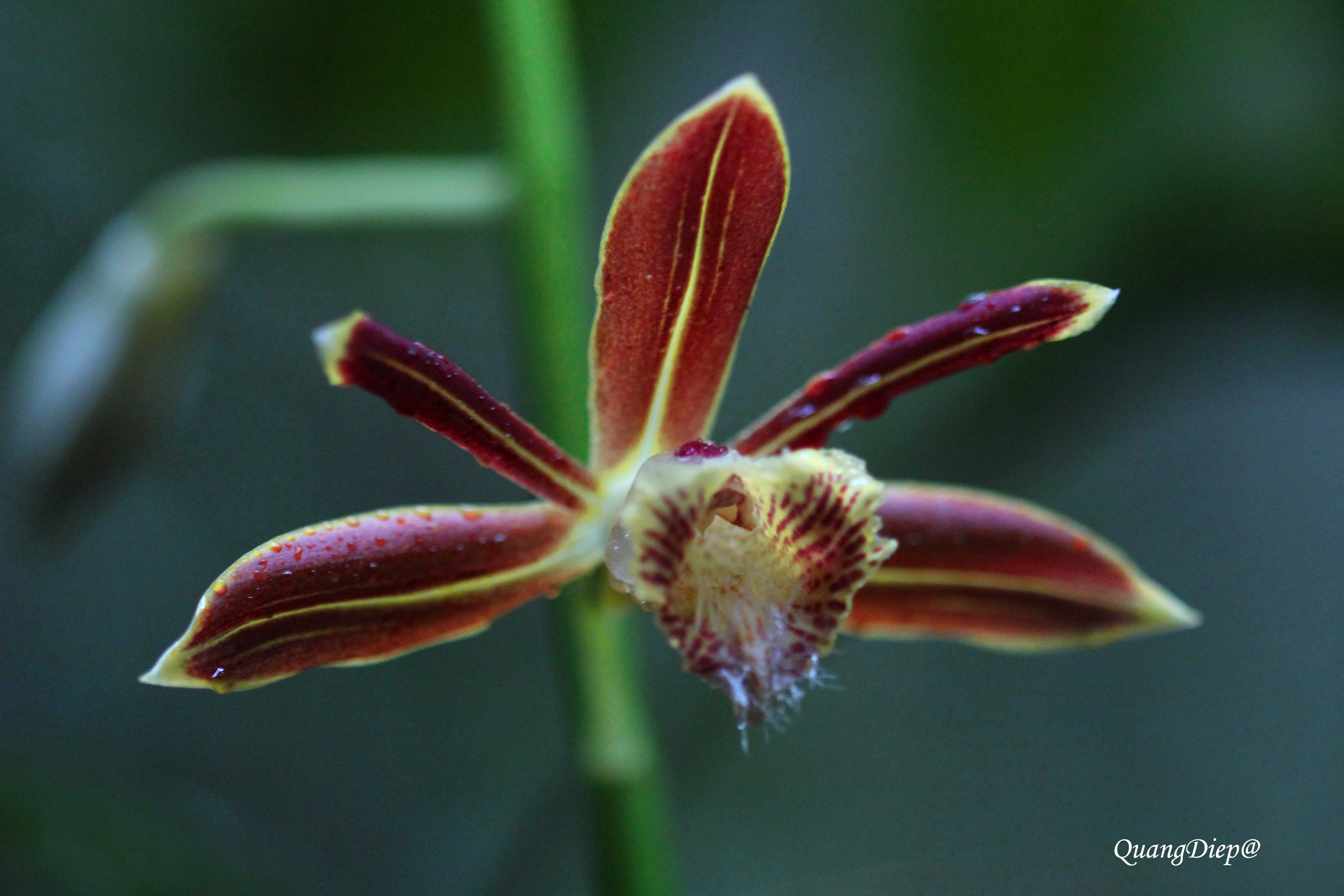
Phaius longicornu (Hạc đính trắng, white flamingo) was recorded from Đà Lạt, Lâm Đồng Province (Central Highlands region of Vietnam in southern Vietnam).
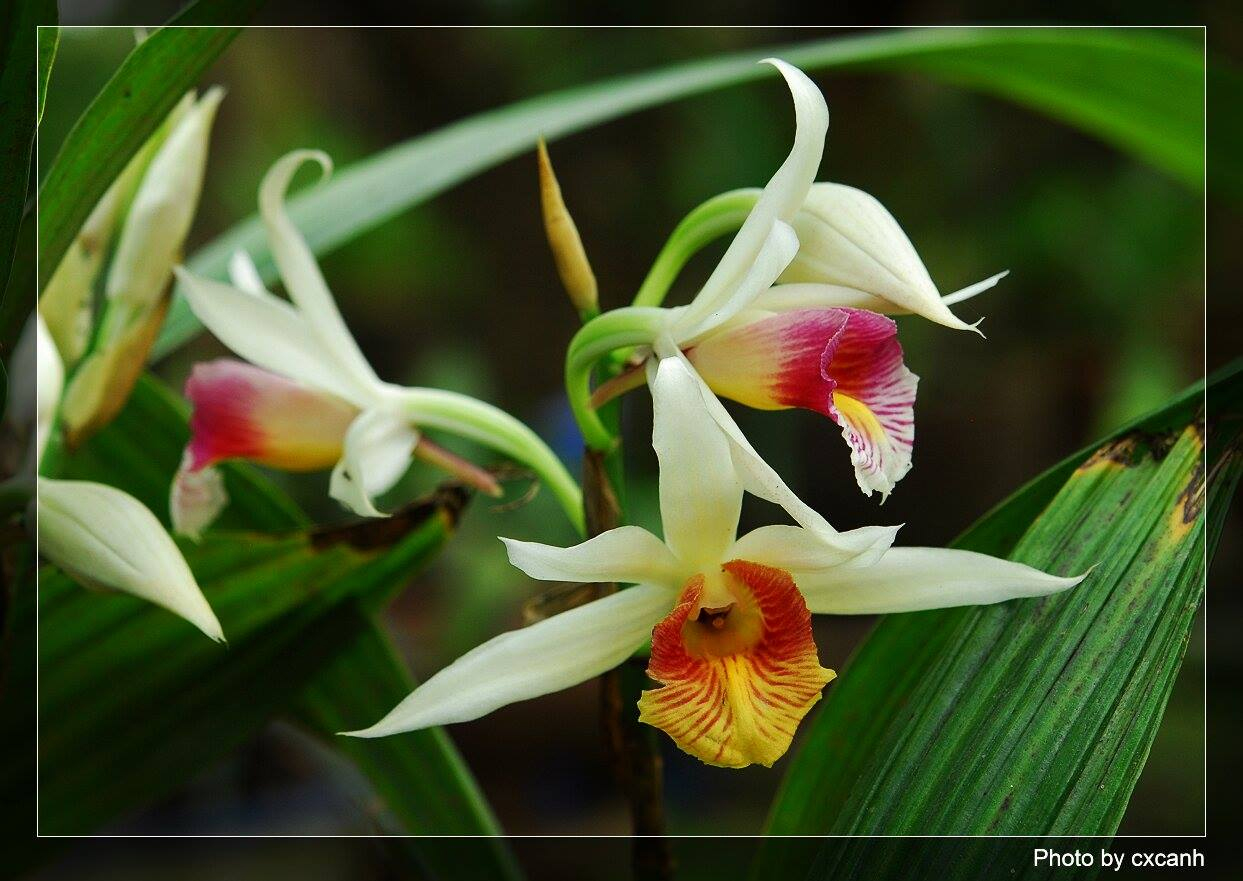 (Picture by by Chu Xuan Canh)
(Picture by by Chu Xuan Canh)
Phaius mishmensis (Hạc đính hồng, pink flamingo) was recorded from Tam Đảo (Vĩnh Phúc Province in the Red River Delta Region of northern Vietnam), Ninh Bình (Red River Delta Region of northern Vietnam), Lâm Đồng Province (Central Highlands region of Vietnam in southern Vietnam).
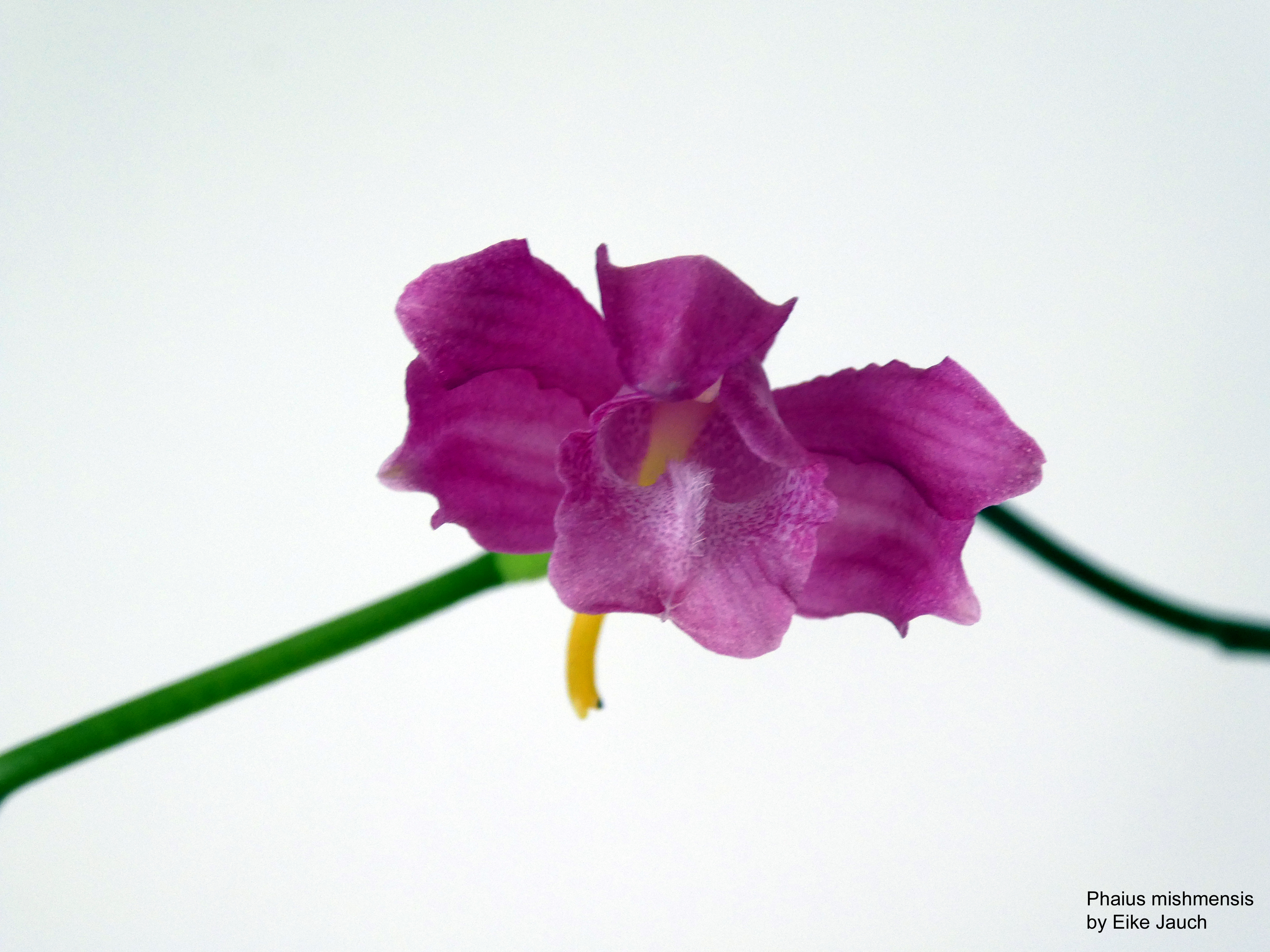
Phaius takeoi (Hạc đính) was recorded by L. Averyanov from Trà Lĩnh (Cao Bằng Province in the Northeast region of Vietnam).
Phaius tankervilleae var. tankervilleae (Hạc đính nâu, brown crane) was recorded from Tam Đảo (Vĩnh Phúc Province in the Red River Delta Region of northern Vietnam), Ninh Bình (Red River Delta Region of northern Vietnam), Tây Nguyên (Central Highlands region of Vietnam in southern Vietnam), Ninh Thuận, a province in the South Central Coast region of Vietnam and Đồng Nai, a province in the Southeast region of Vietnam.
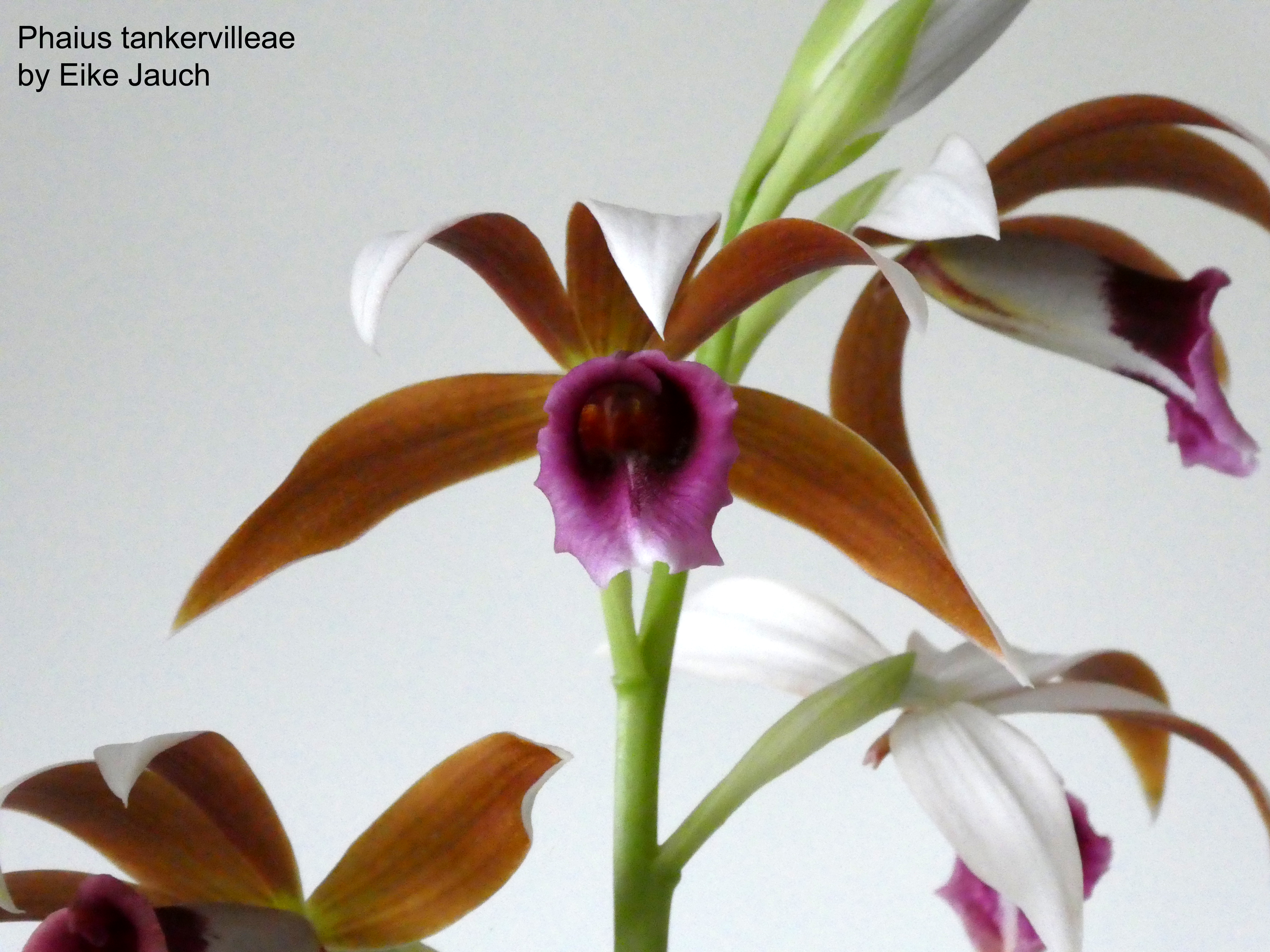
Phaius tankervilleae var. baolocensis (Hạc đỉnh Bảo lộc) was recorded from Bảo Lộc and Ban Mê Thuột, both in Central Highlands region of Vietnam.
Phaius tonkinensis (Hạc đính Bắc bộ, nothern crane) was recorded from Trà Lĩnh (Cao Bằng Province, Northeast Vietnam).
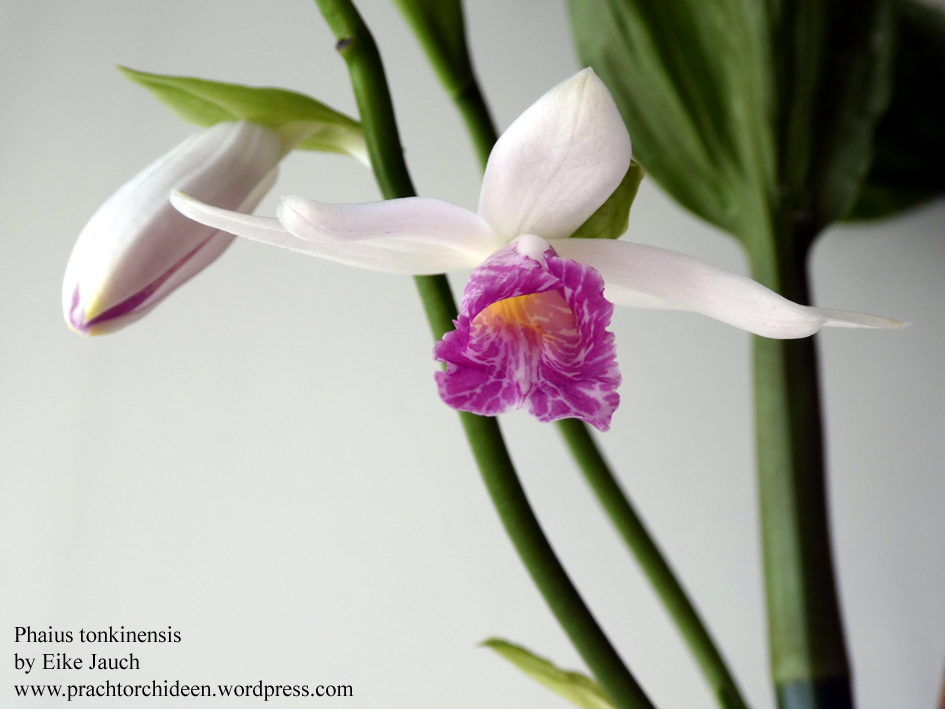
Phaius wallichii (Hạc đỉnh Wallich or Hạc đỉnh hai màu) was recorded from Sơn La (north-west region of Vietnam), Lai Châu Province (north-west region of Vietnam), Bắc Cạn (province in the north-east region of Vietnam).
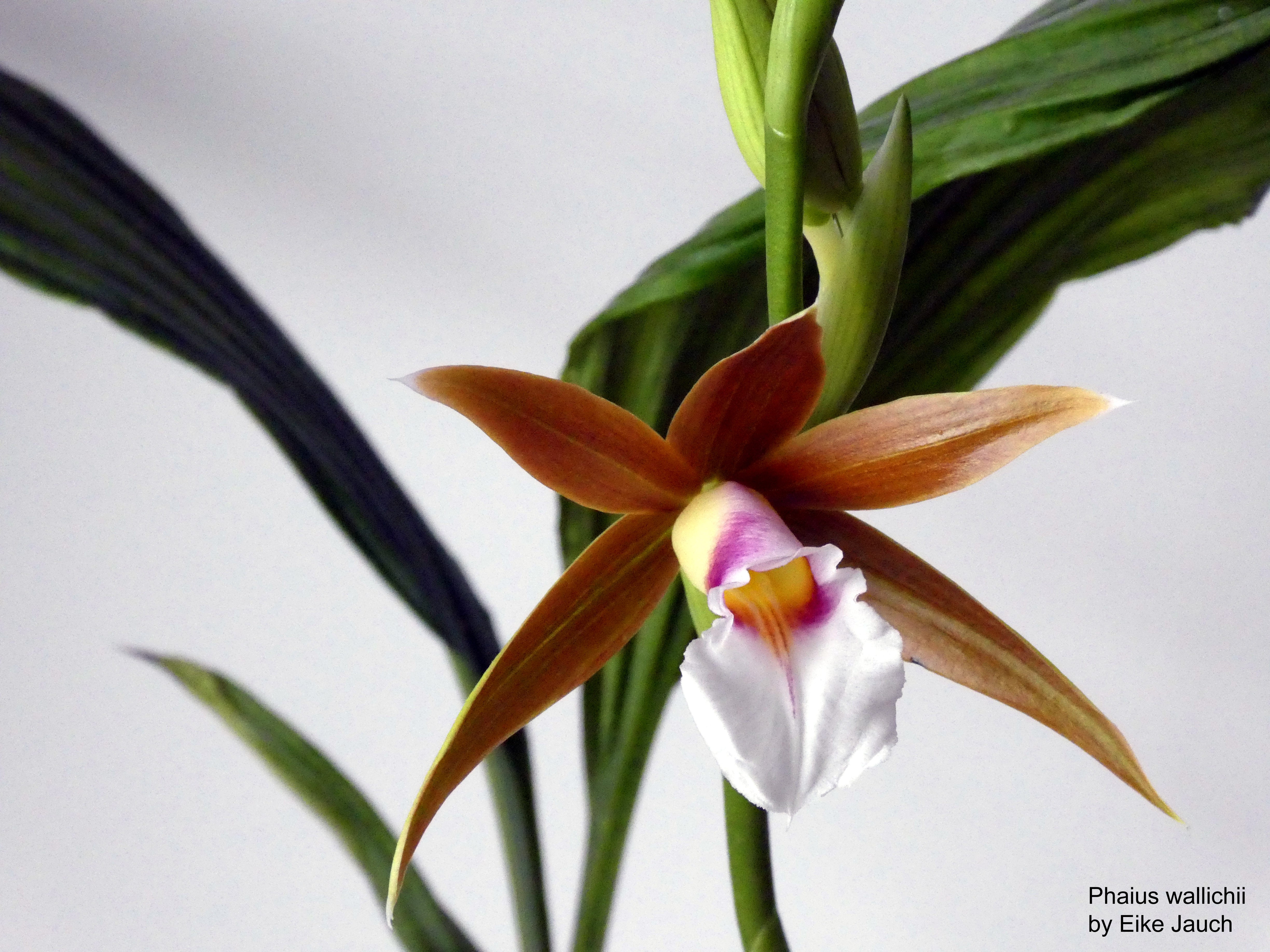
Phaius wenshanensis was recorded from Na Hằng, Tuyên Quang Province, north-east region of Vietnam
 (Picture by by Chu Xuan Canh)
(Picture by by Chu Xuan Canh)
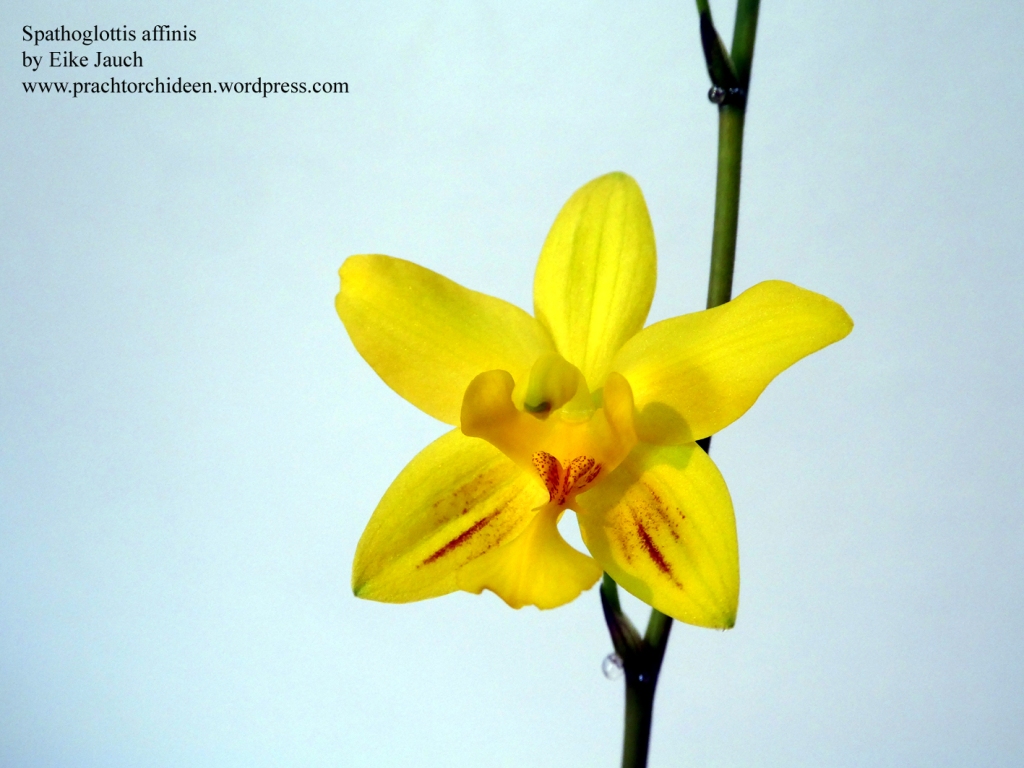

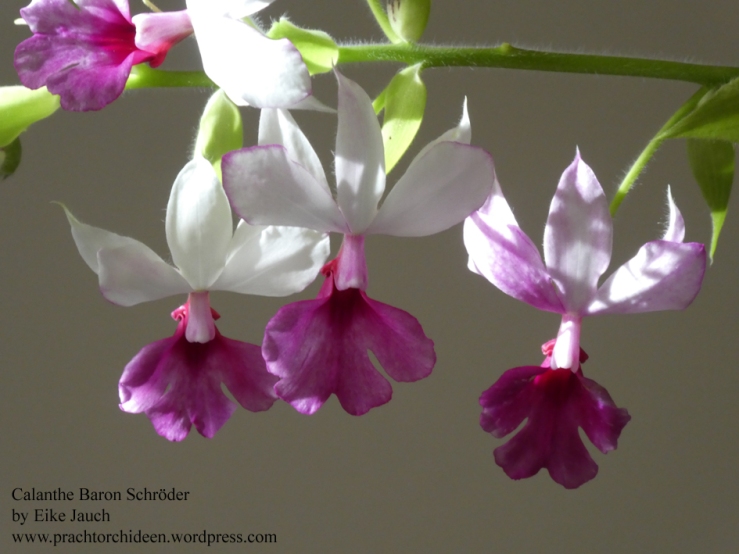
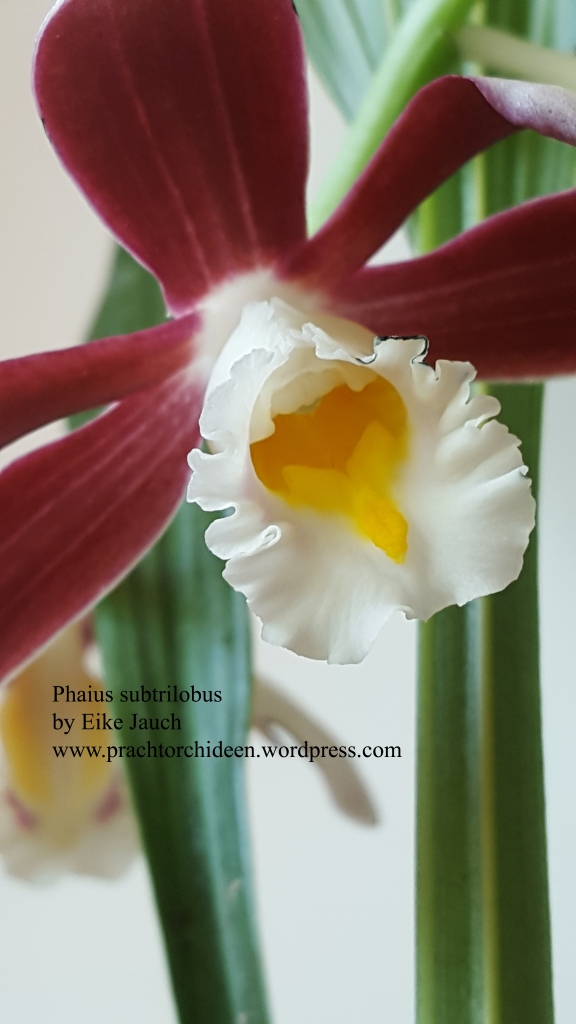
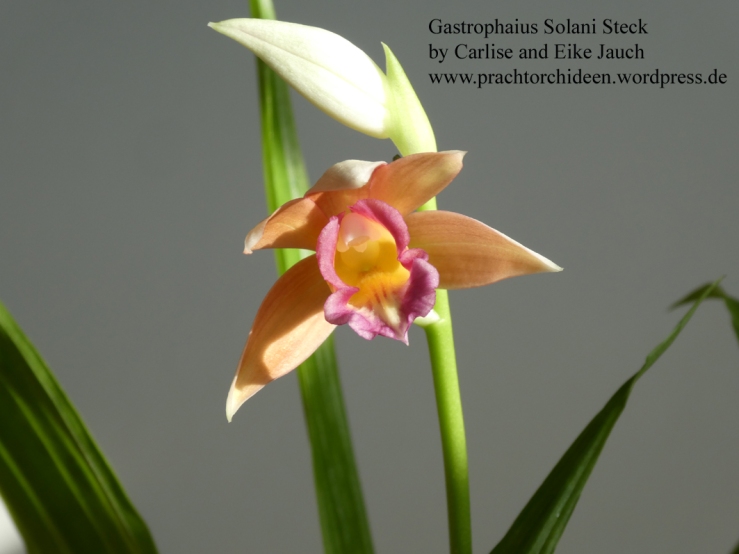


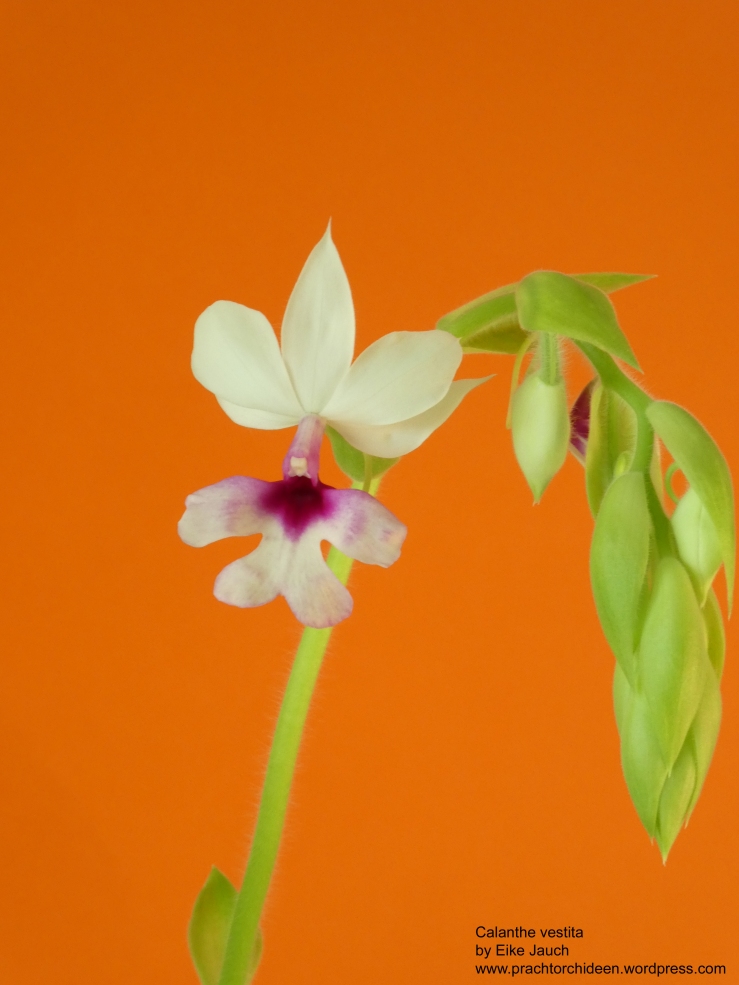
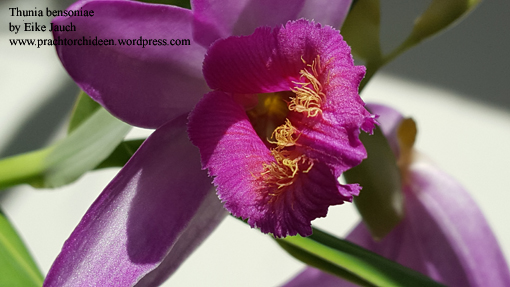
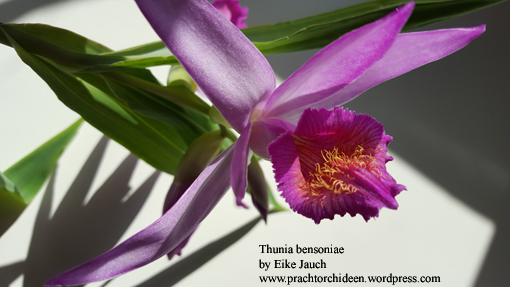
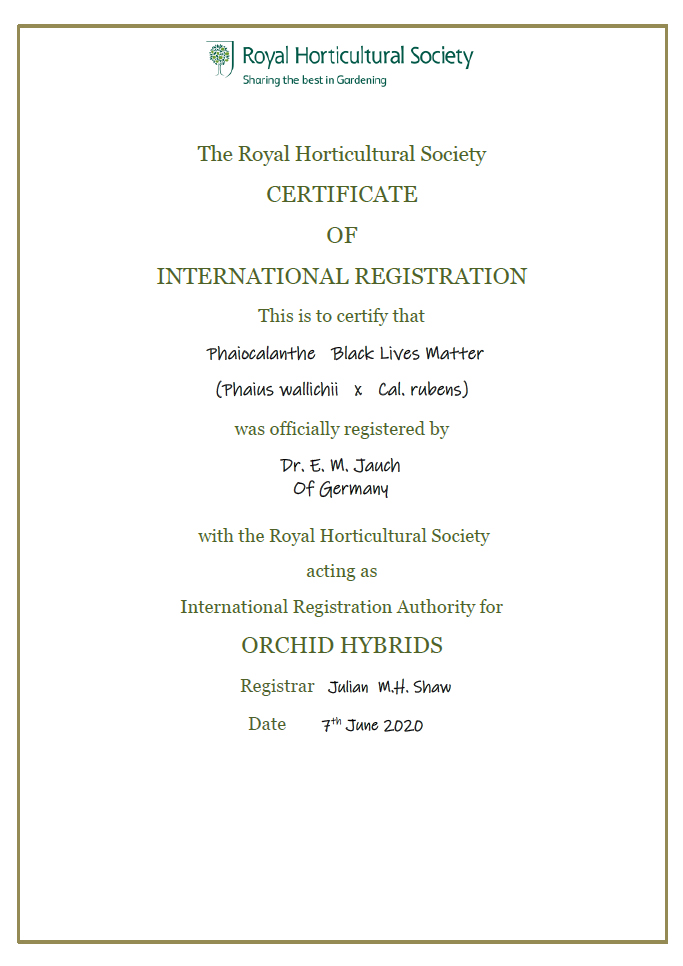
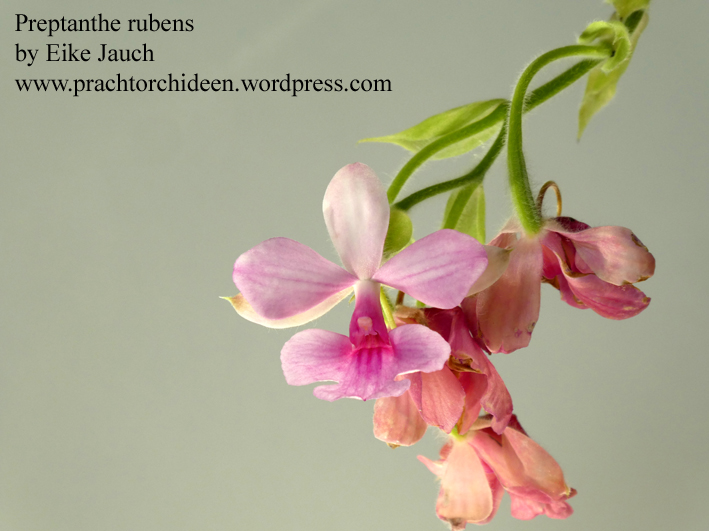
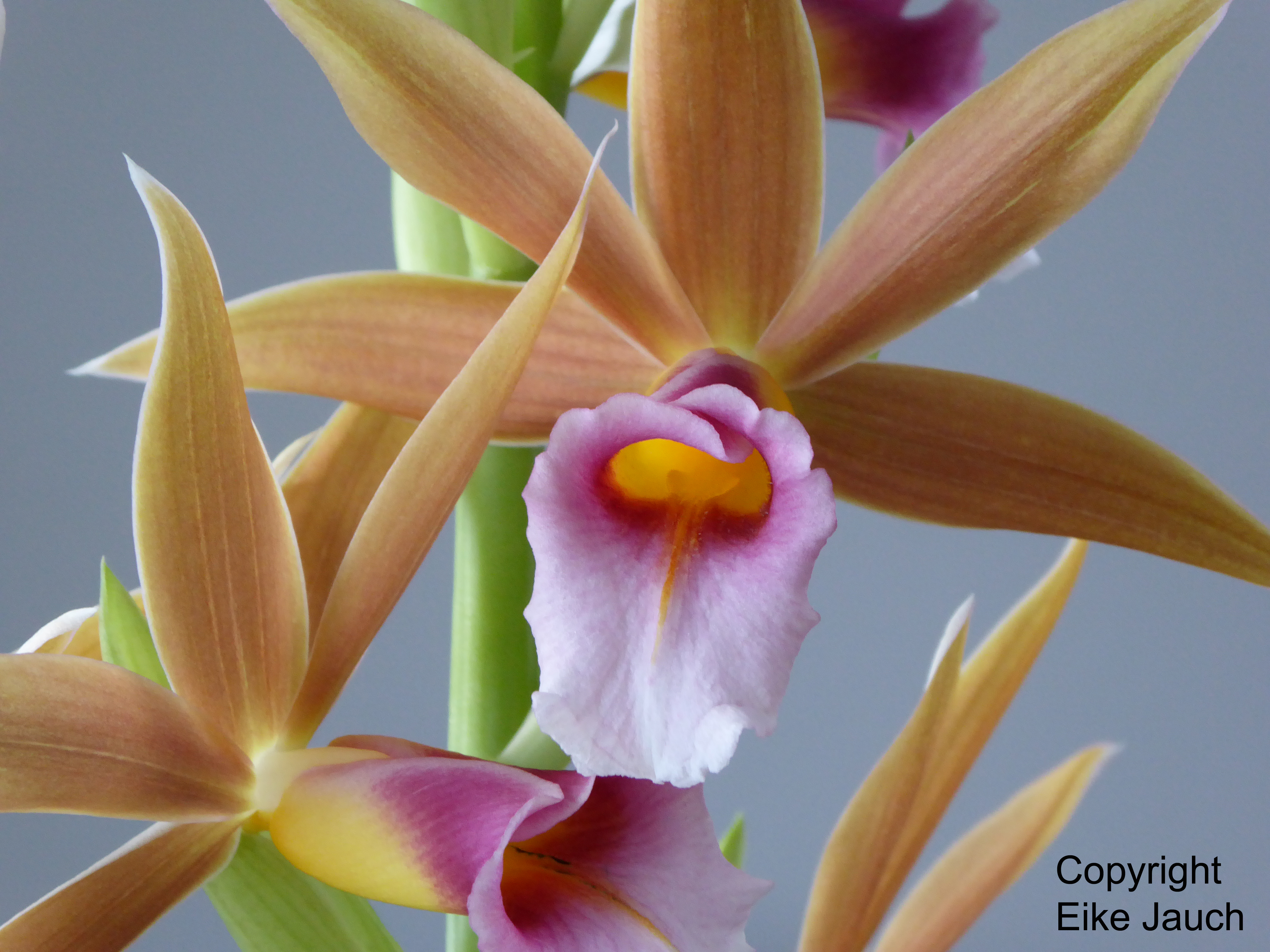
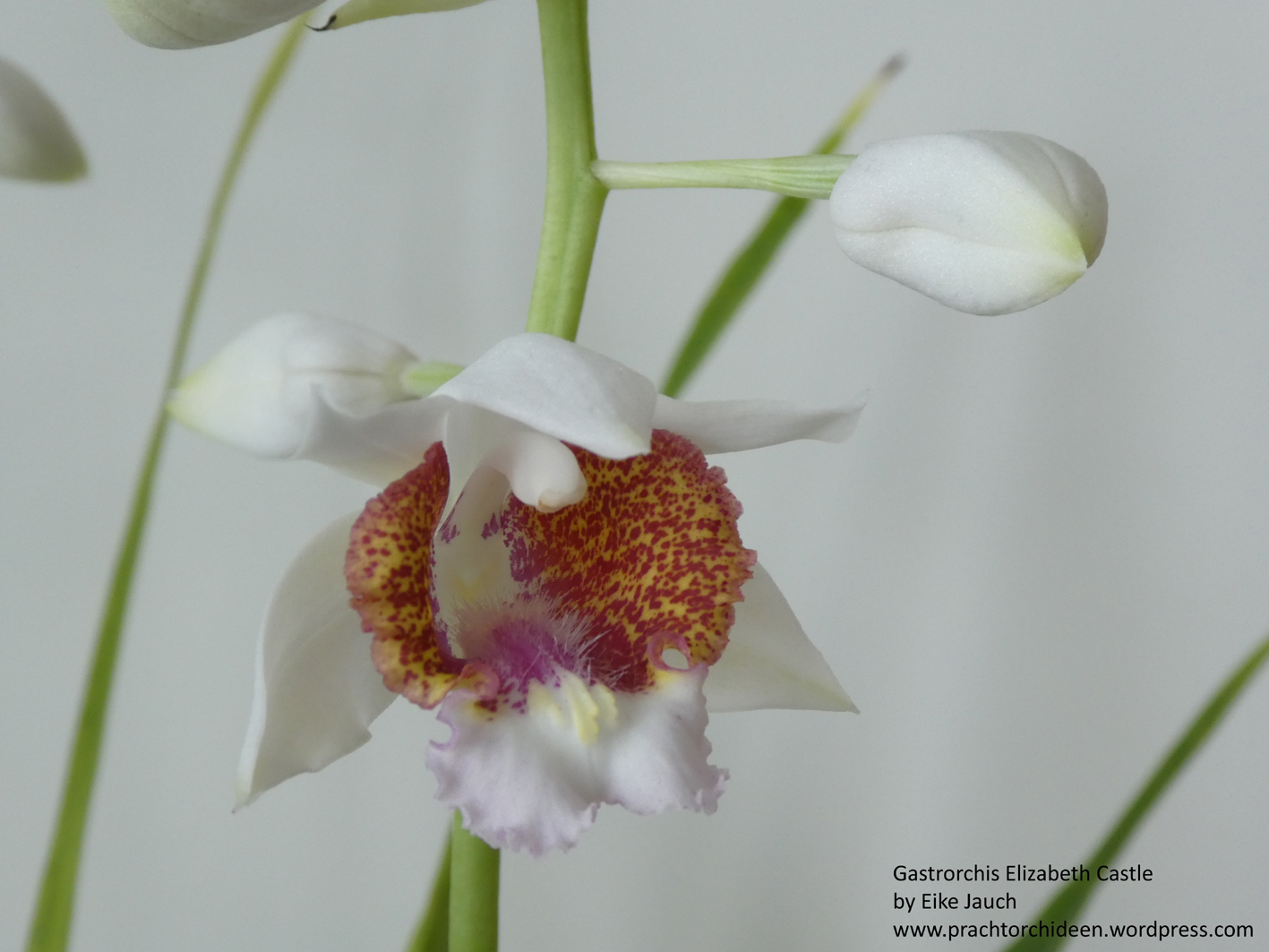
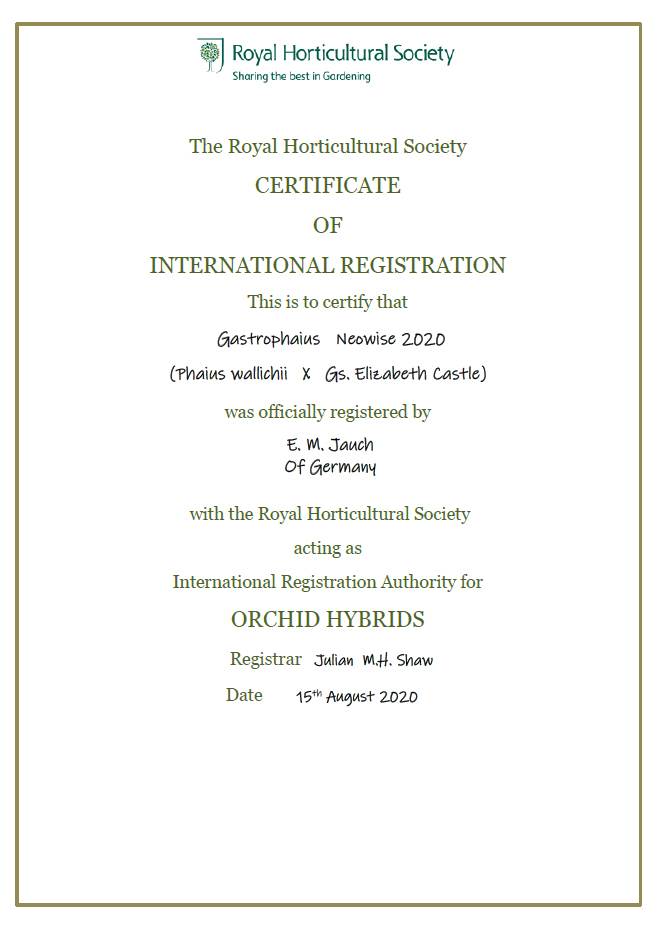
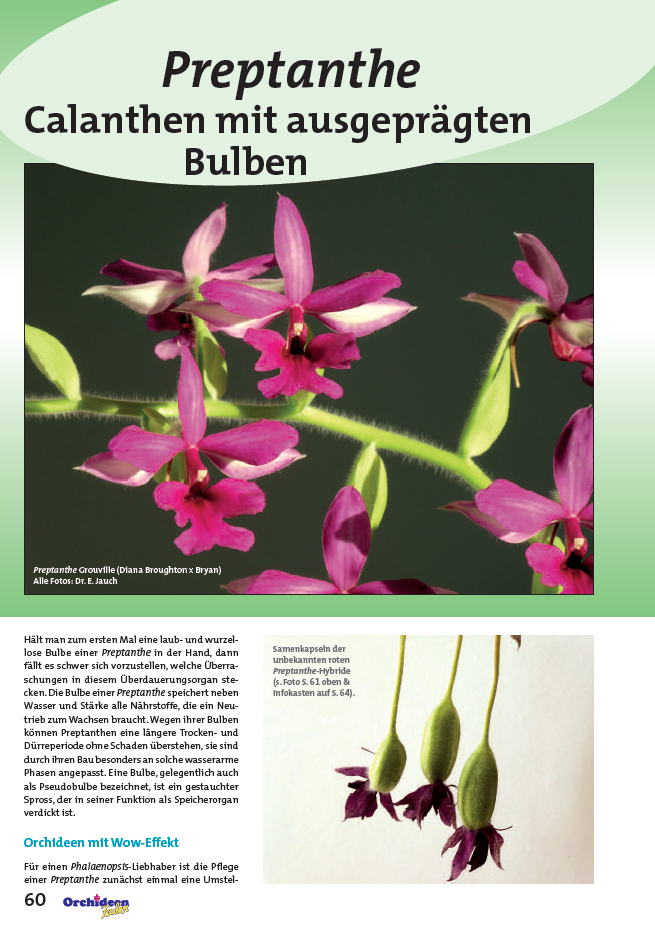
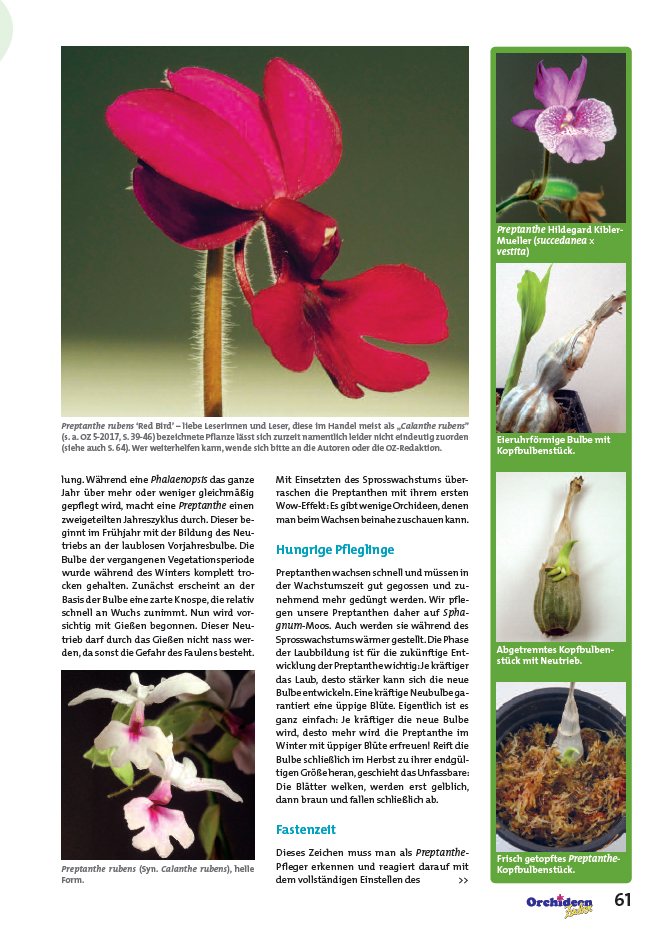
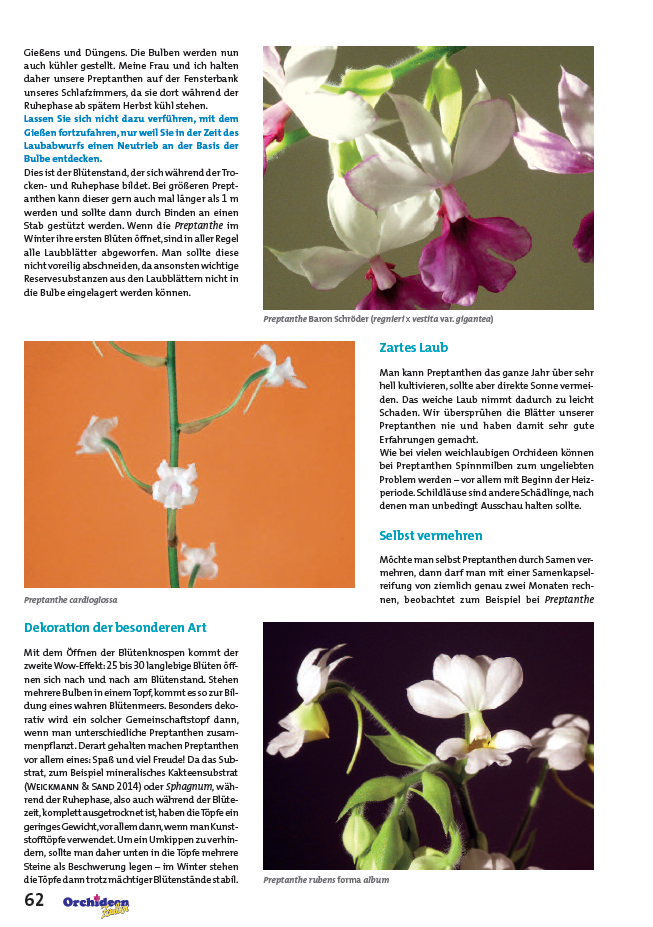
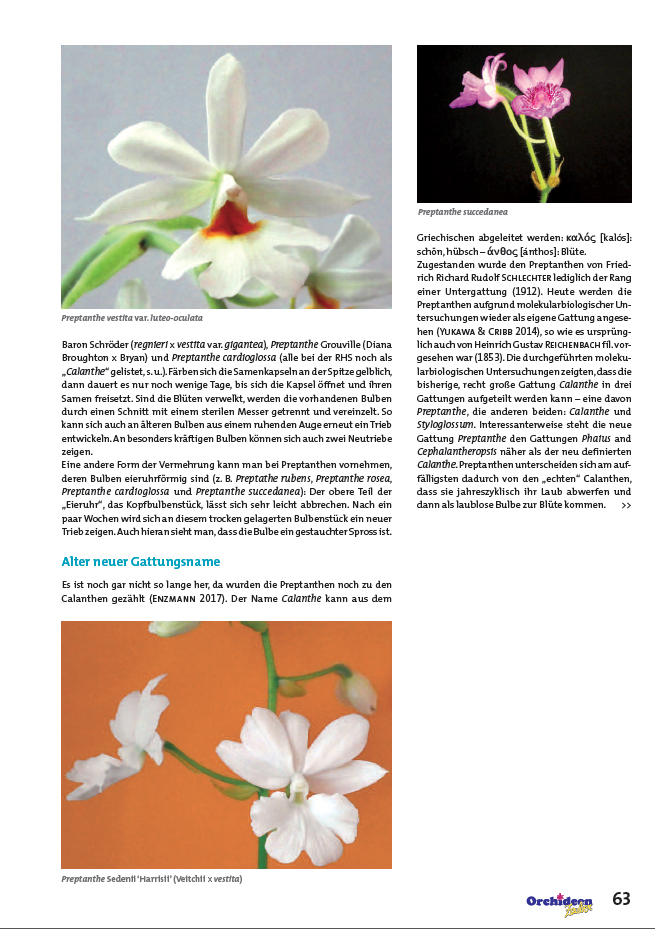
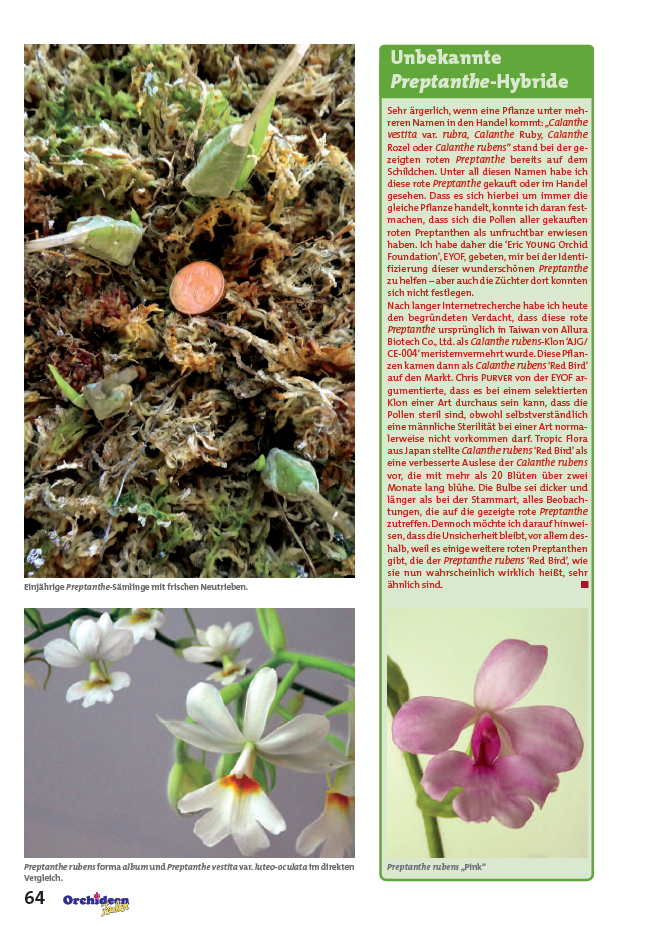
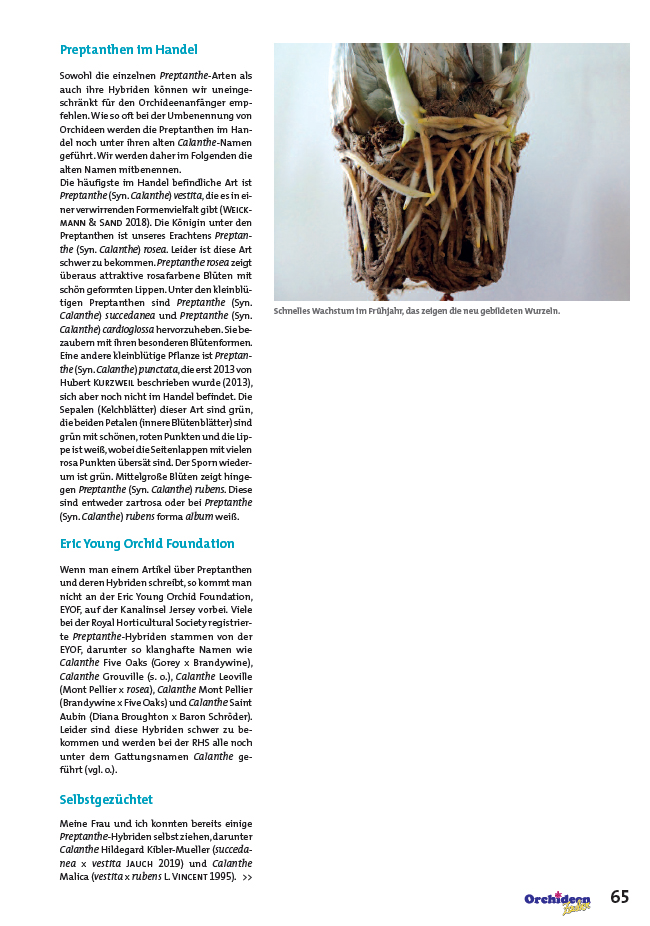
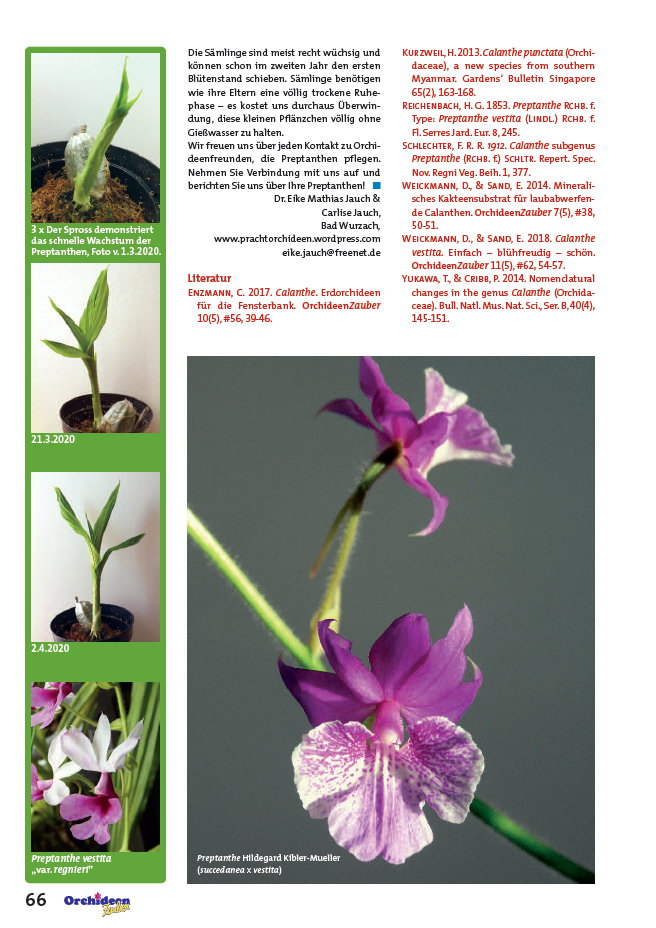
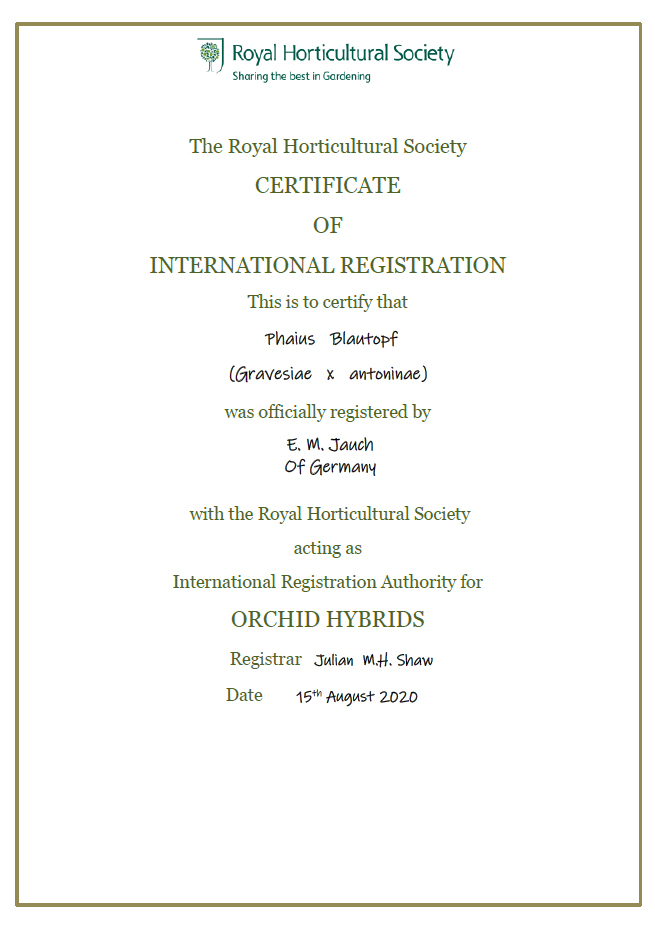
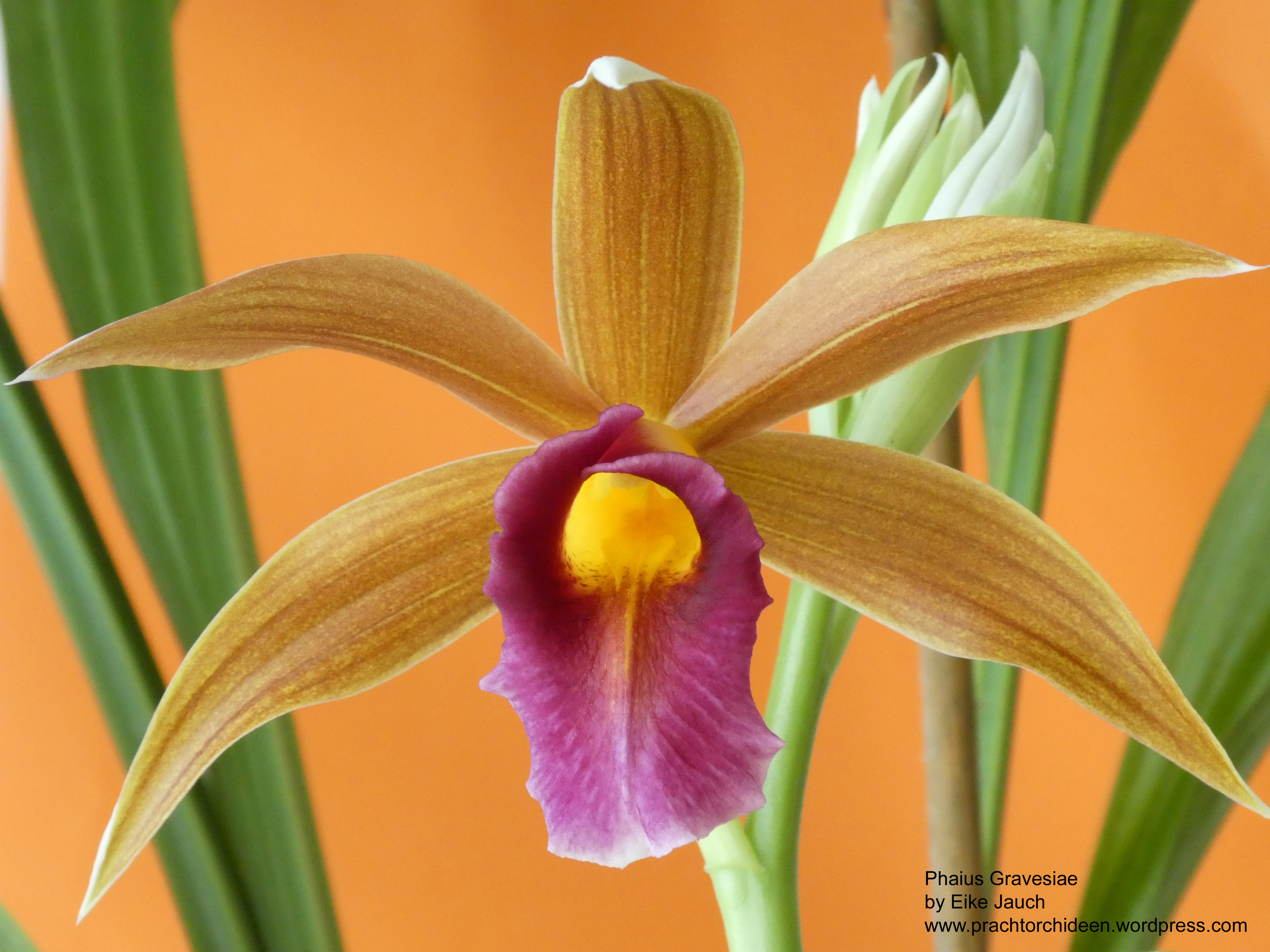
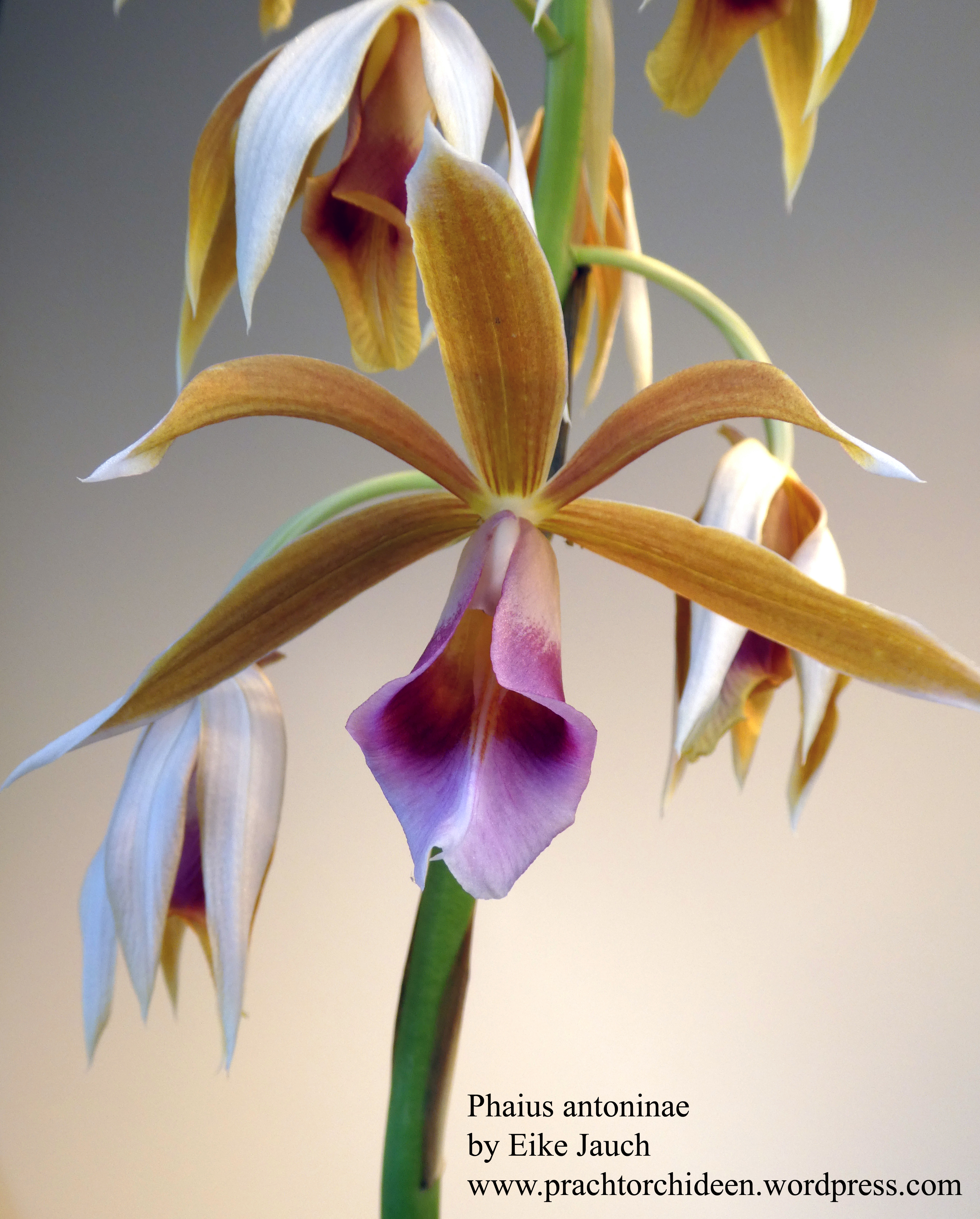
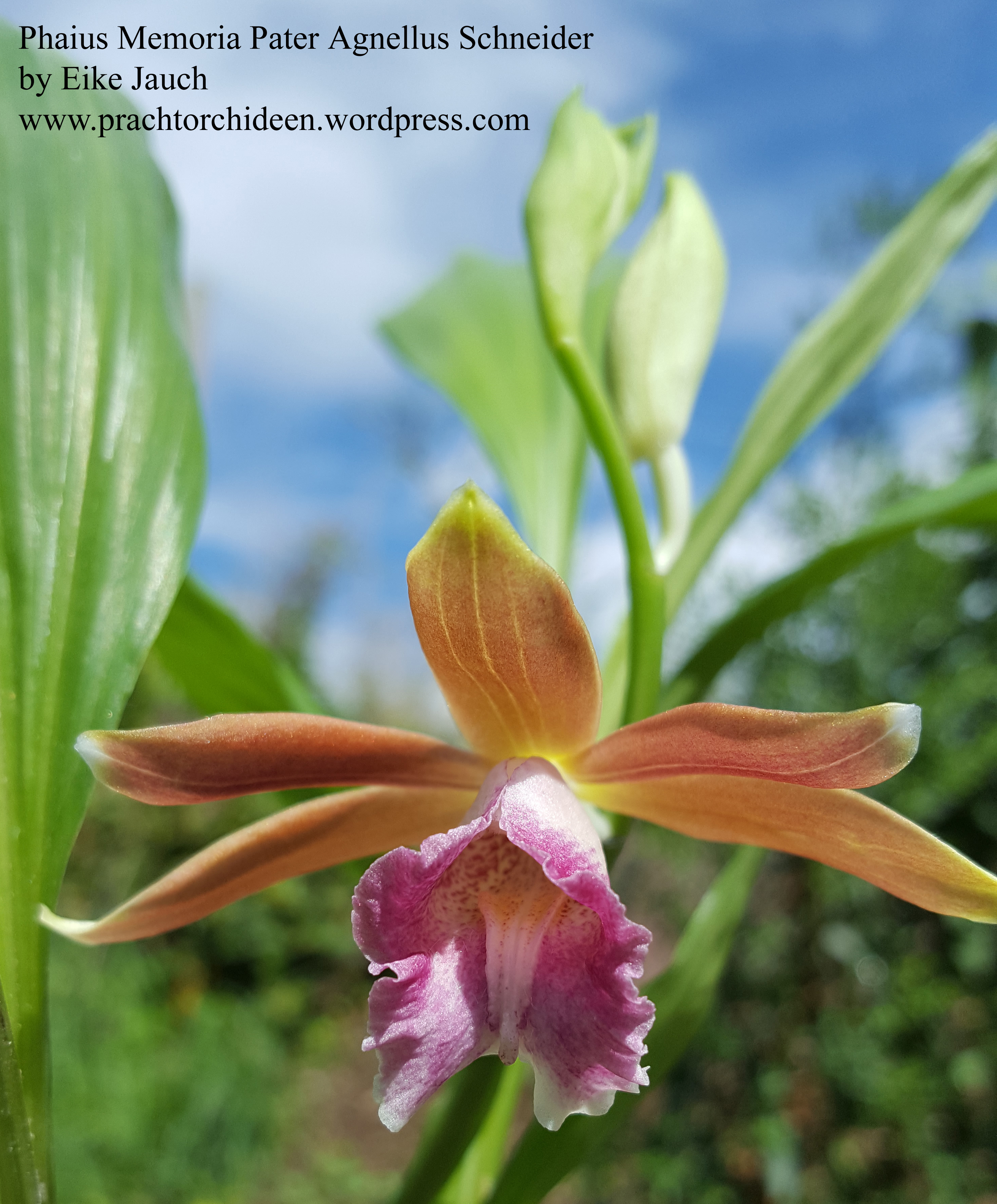
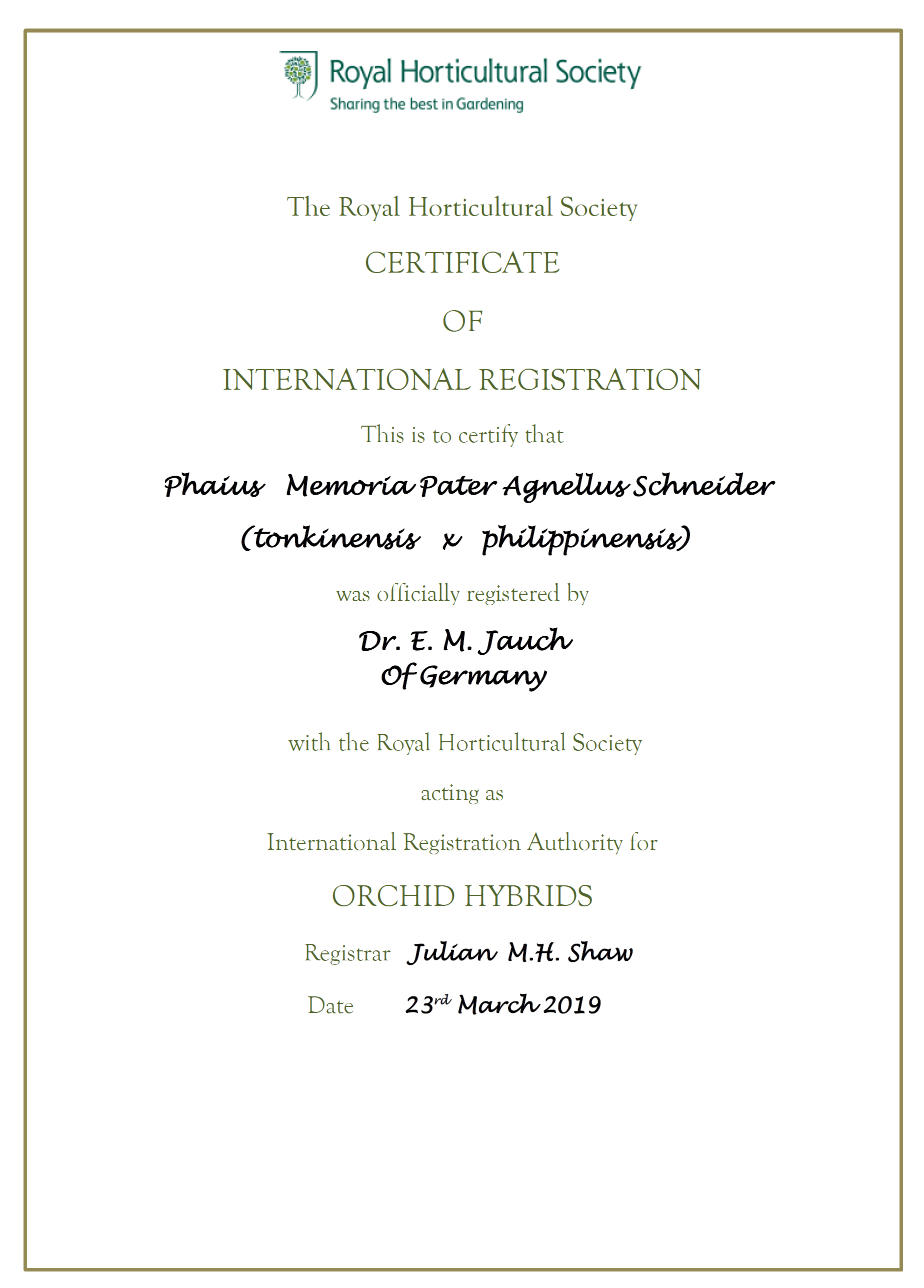

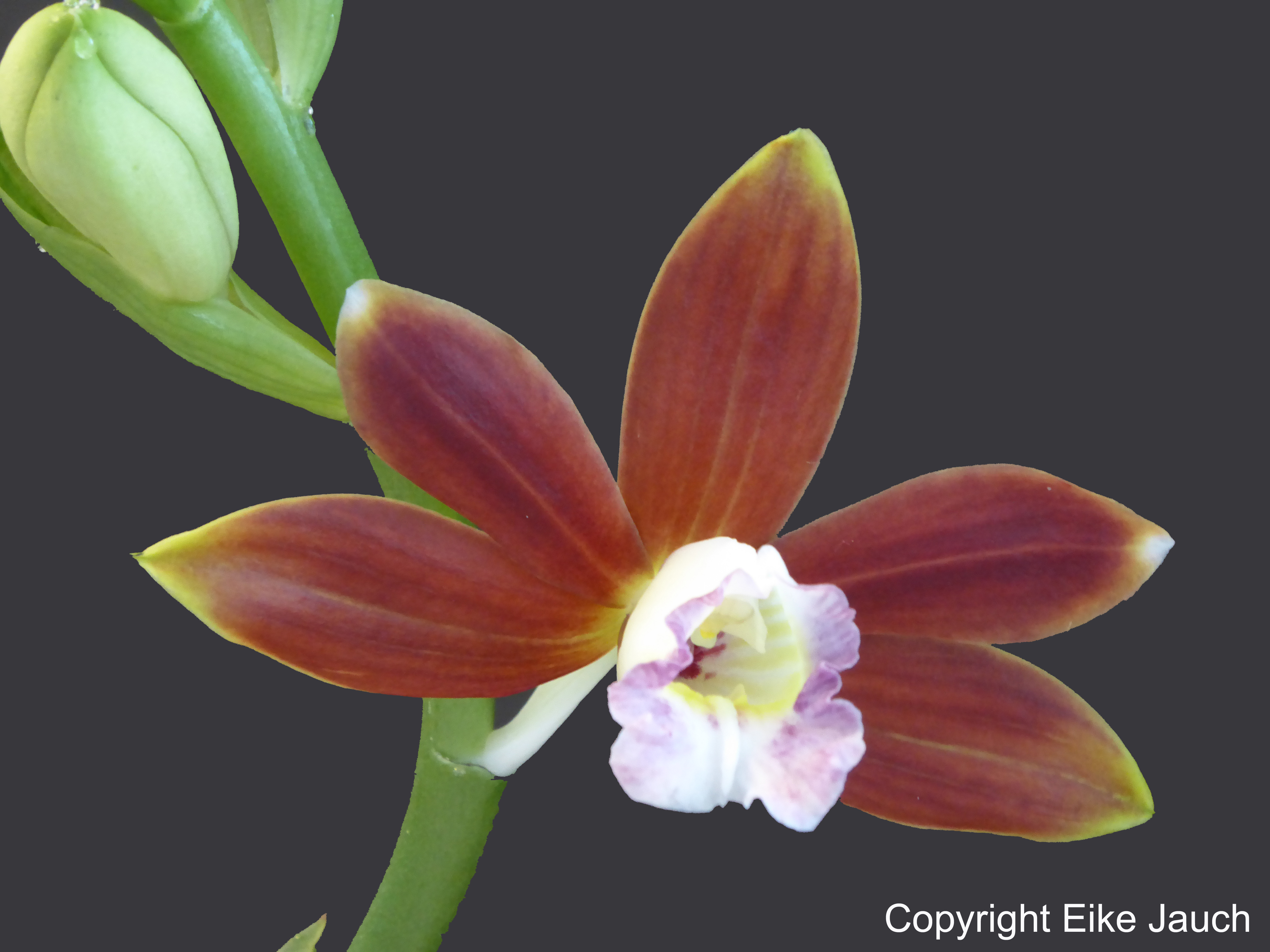
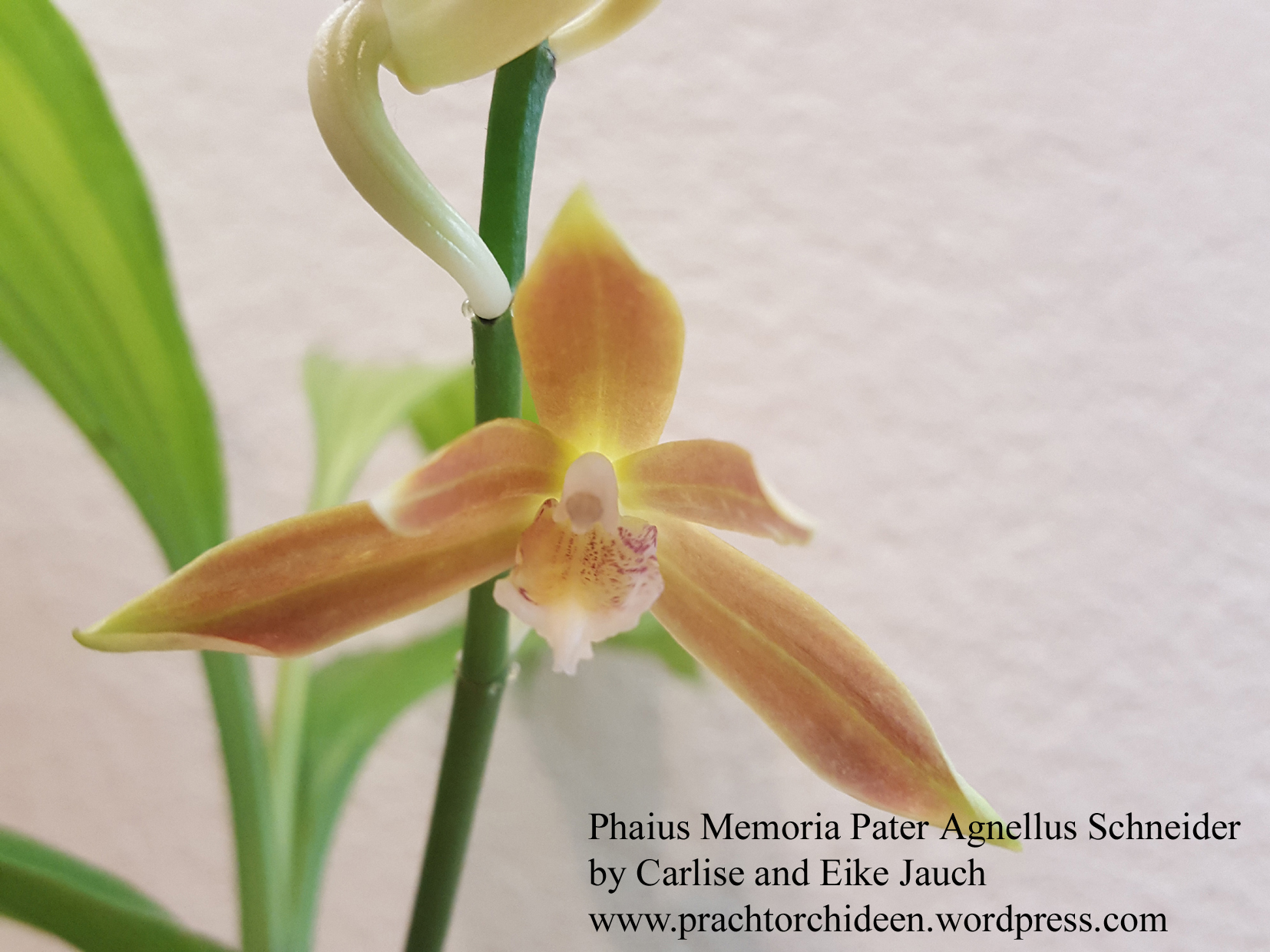
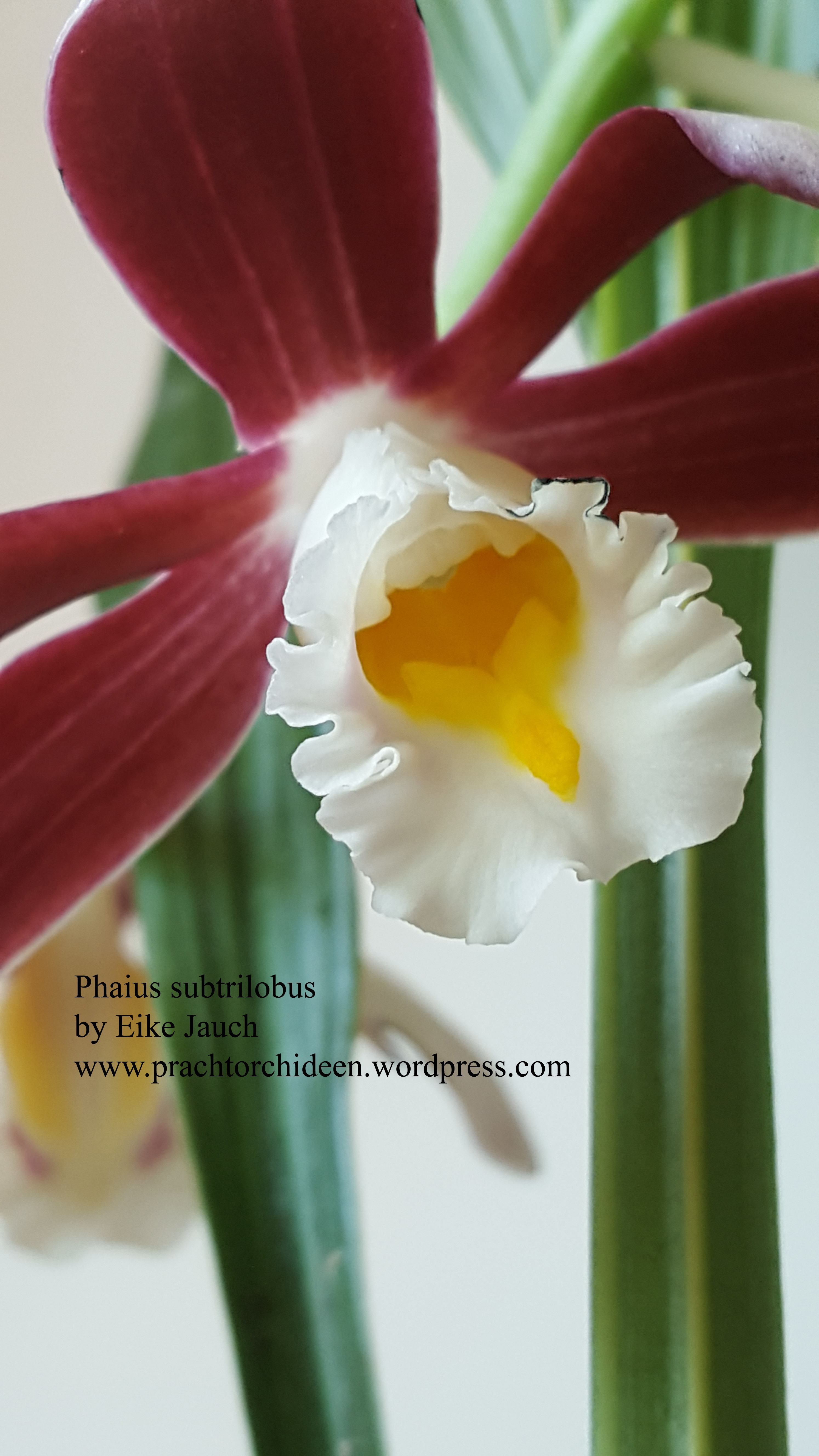
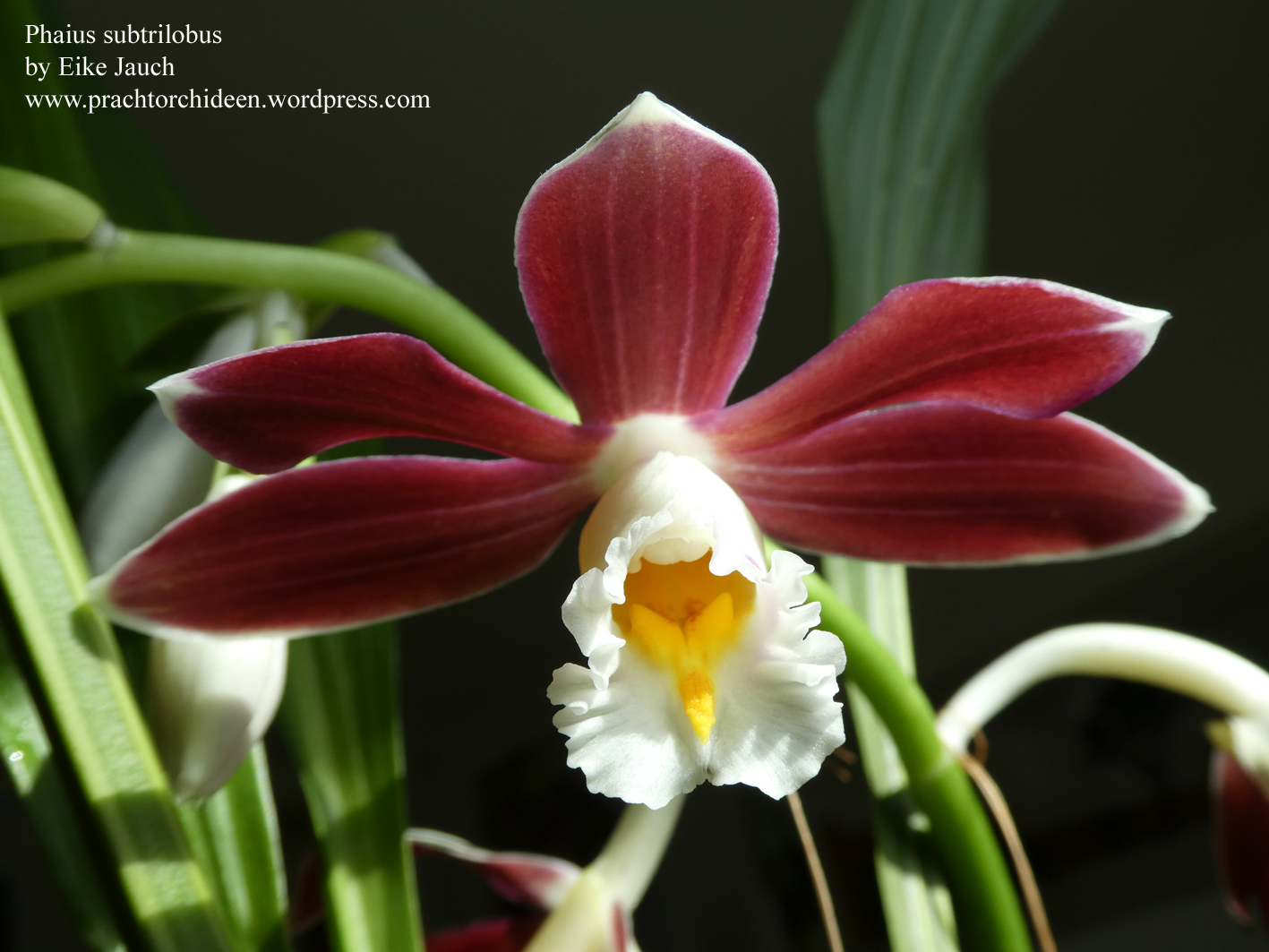

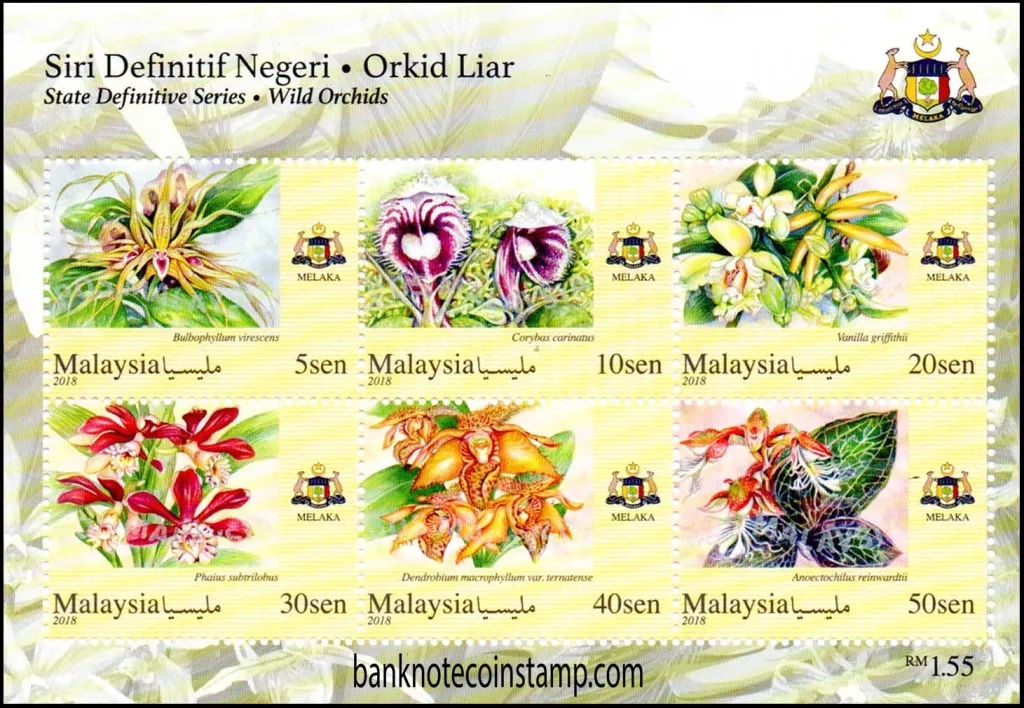
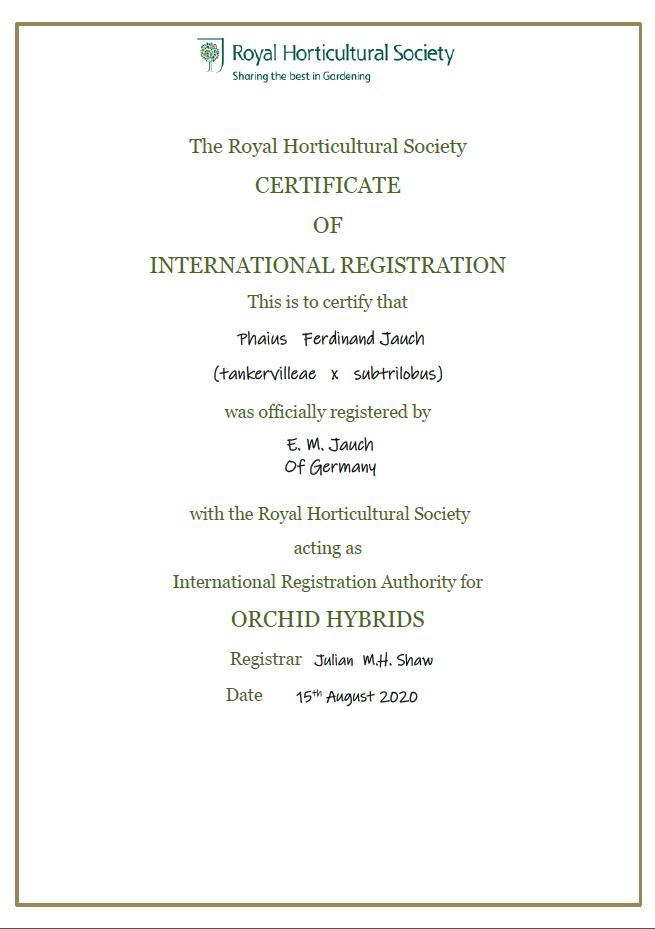
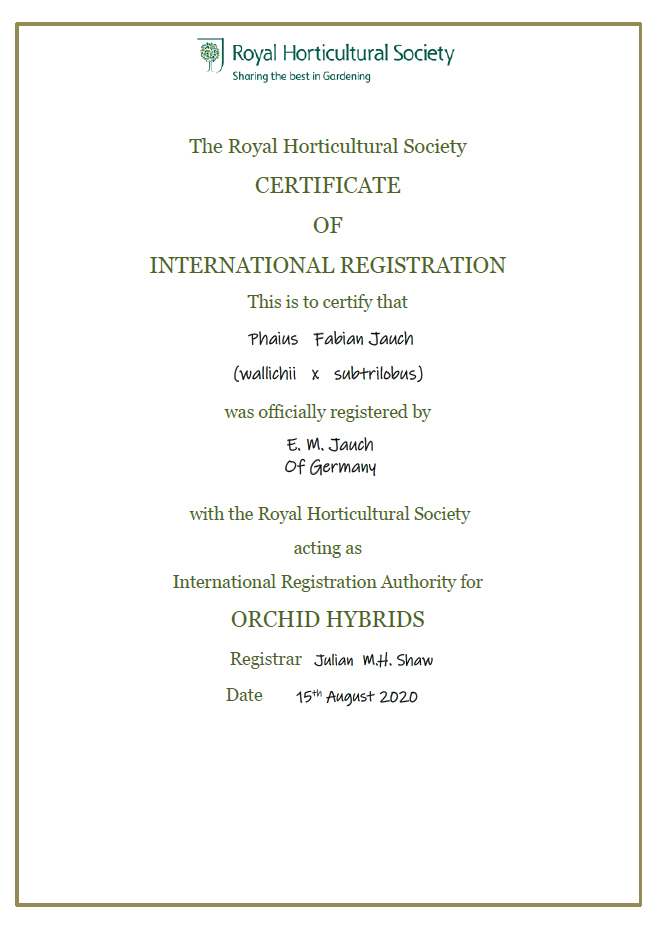

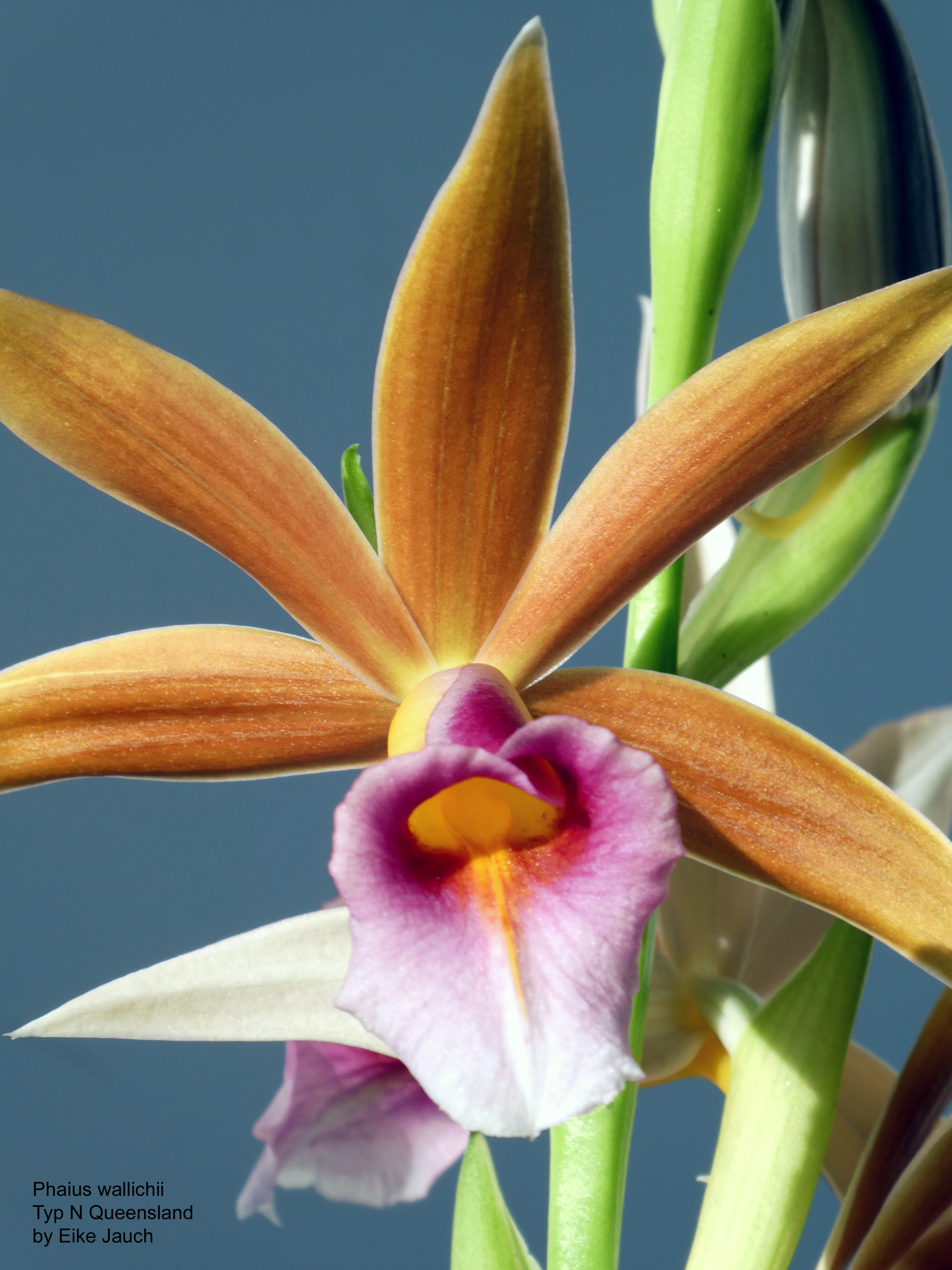
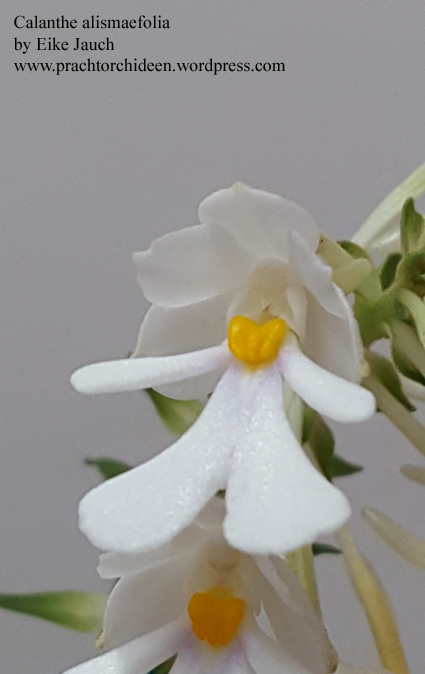
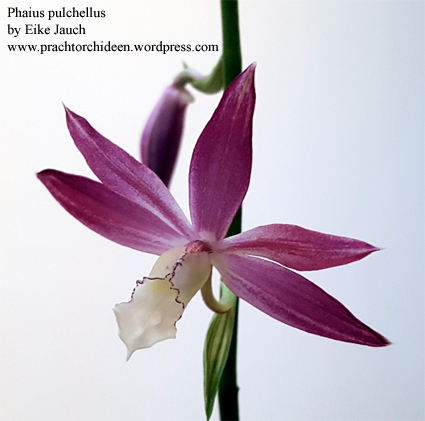
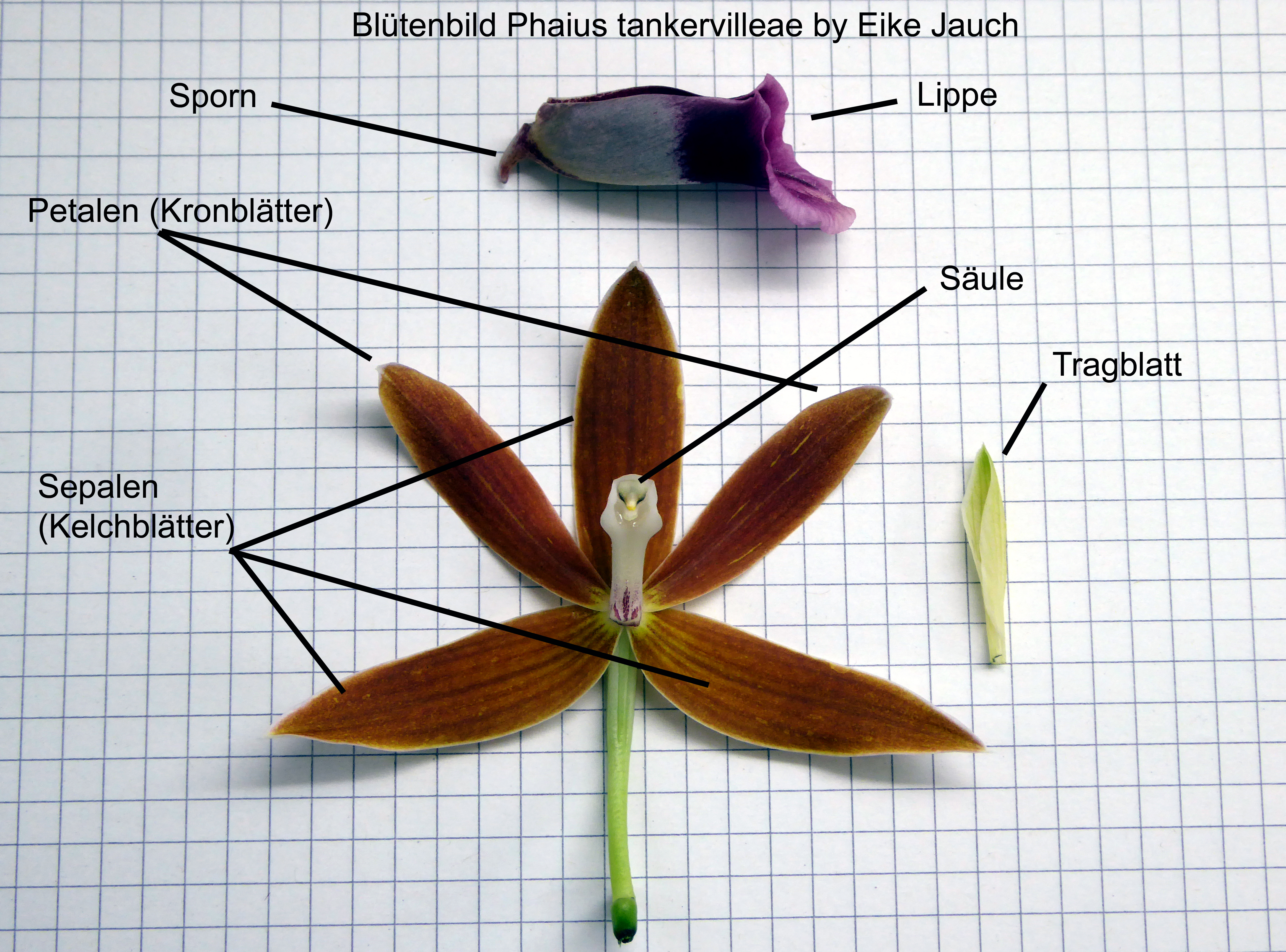
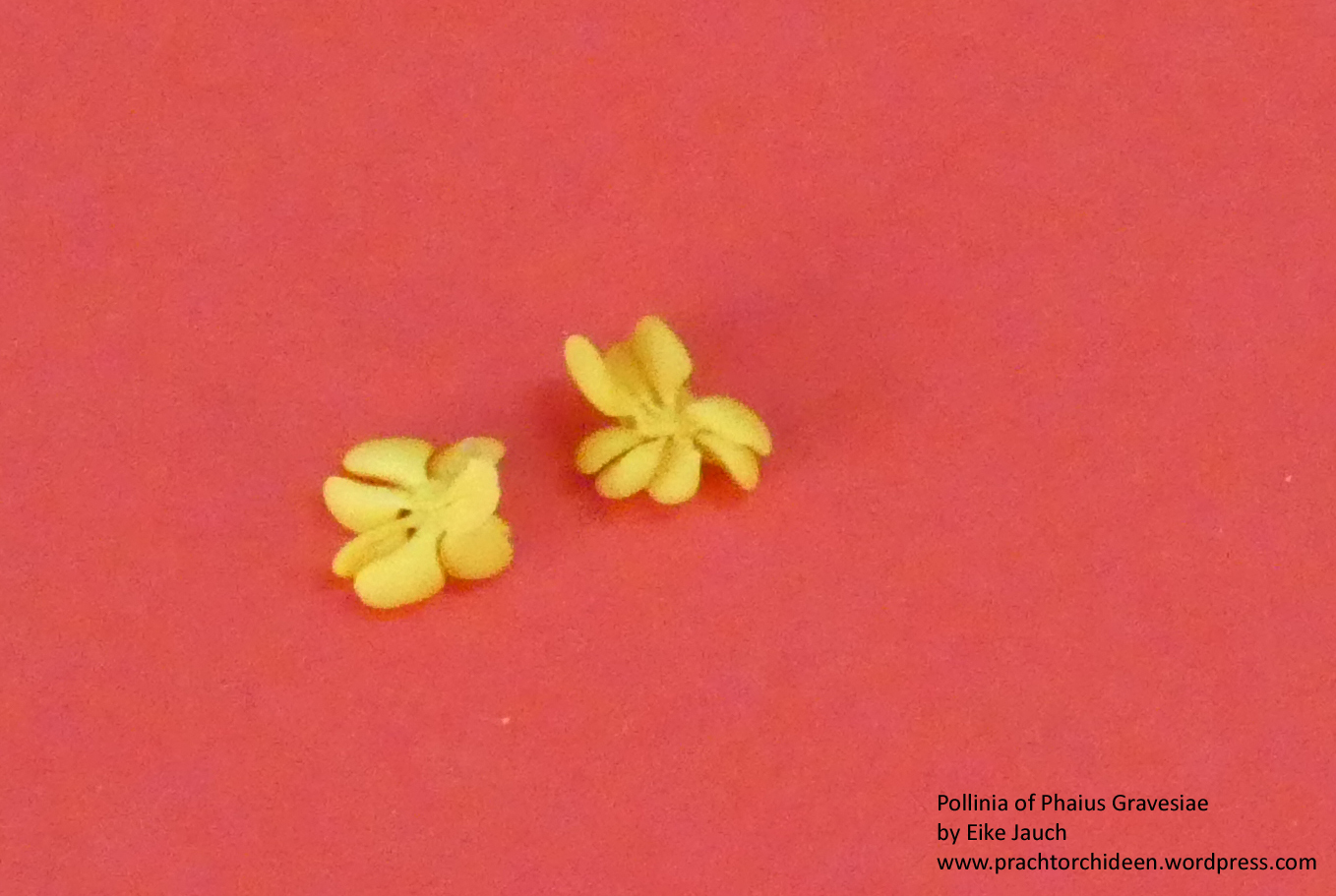
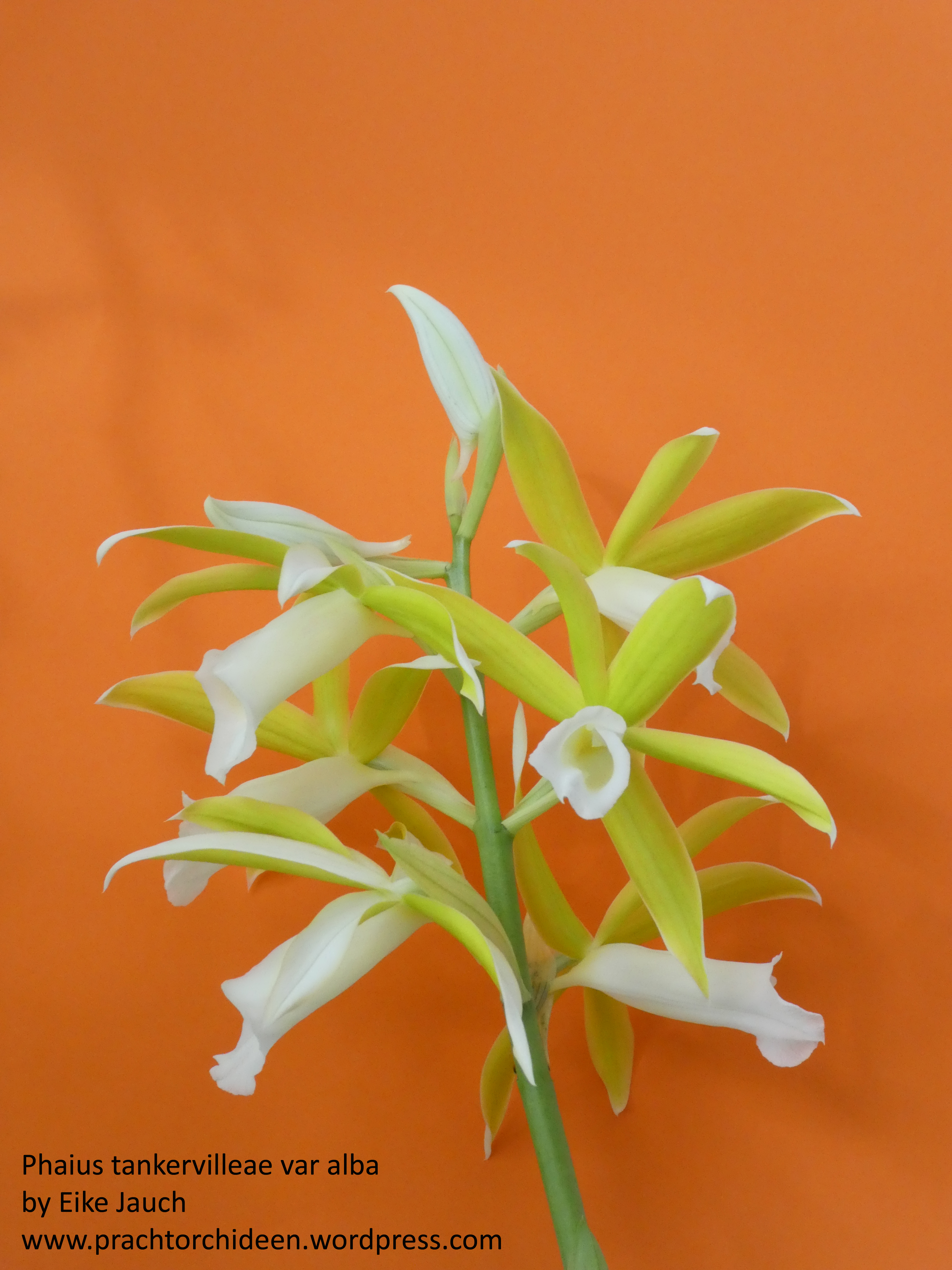
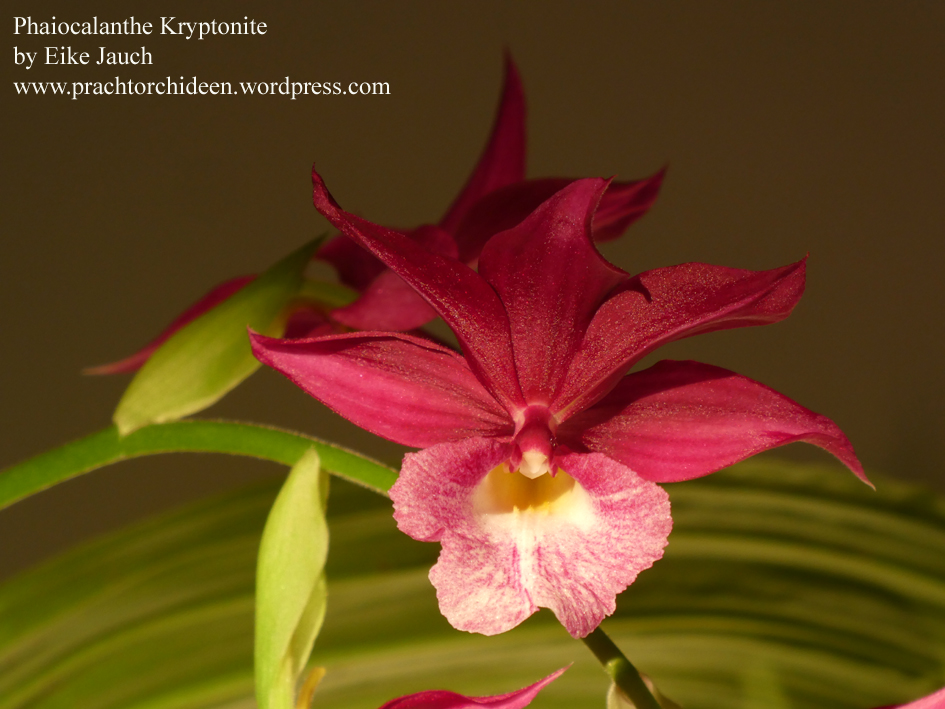
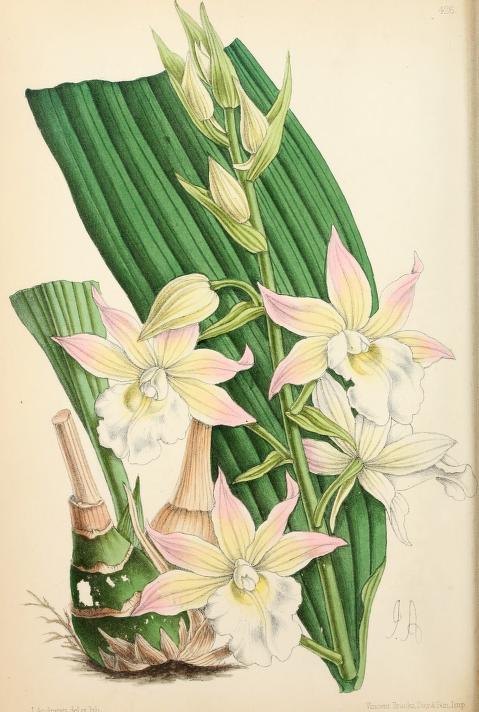
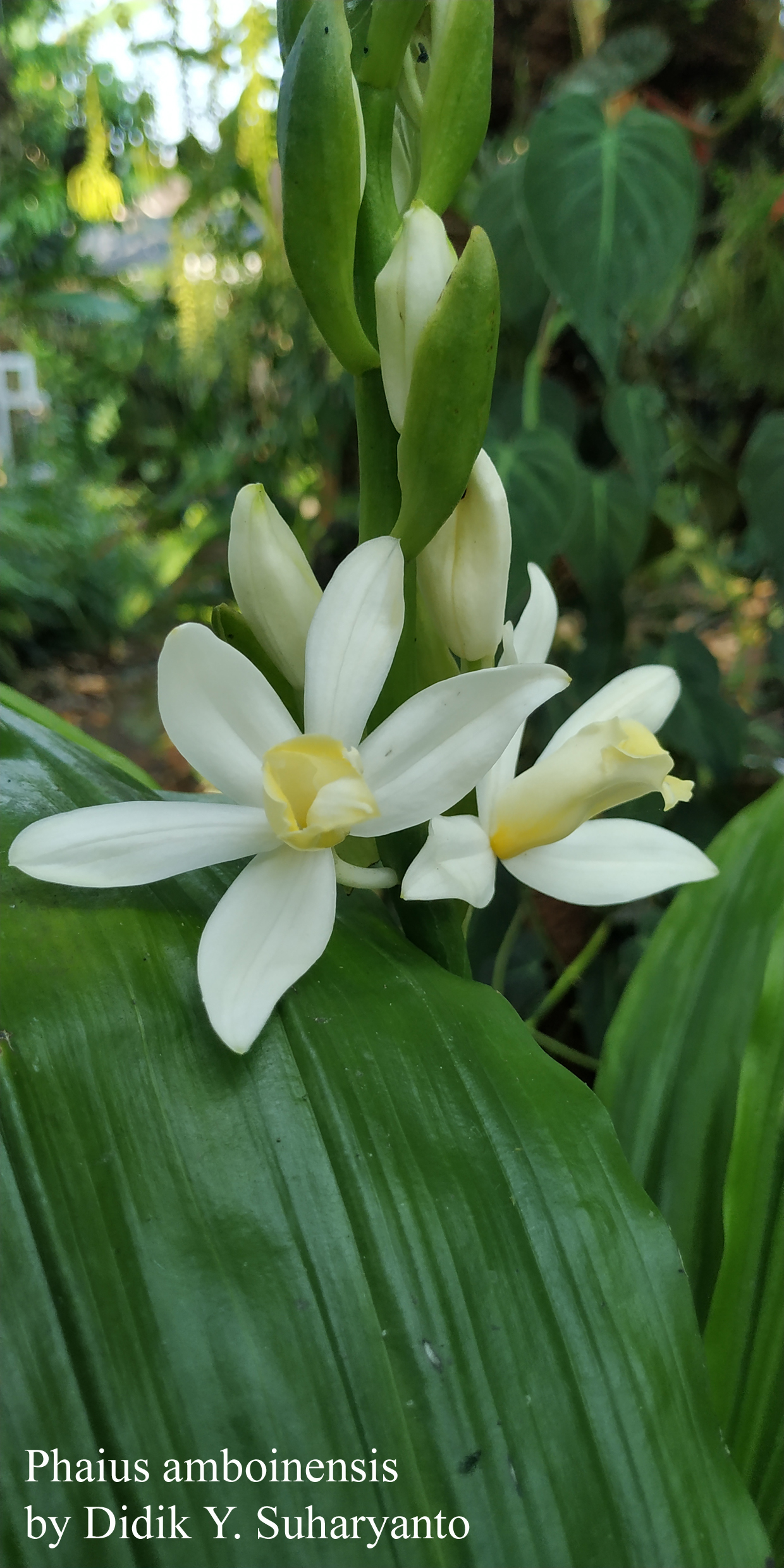



 (Picture by by Chu Xuan Canh)
(Picture by by Chu Xuan Canh)

 (Picture by by Chu Xuan Canh)
(Picture by by Chu Xuan Canh)